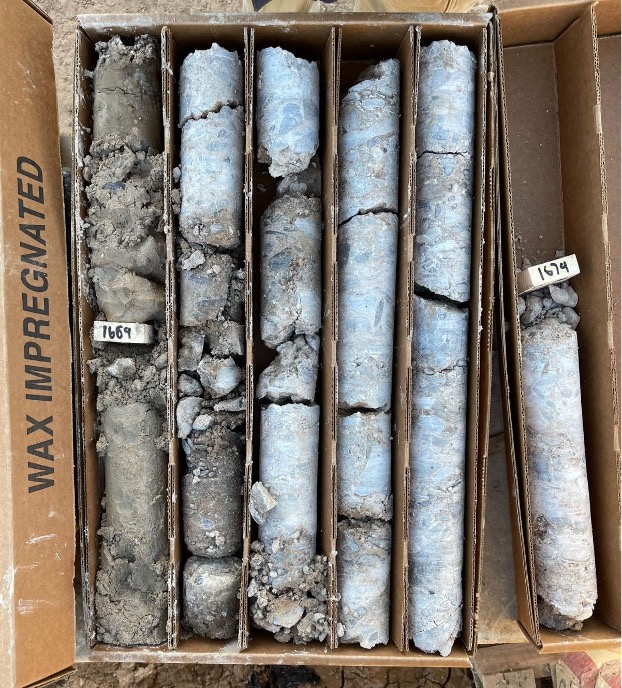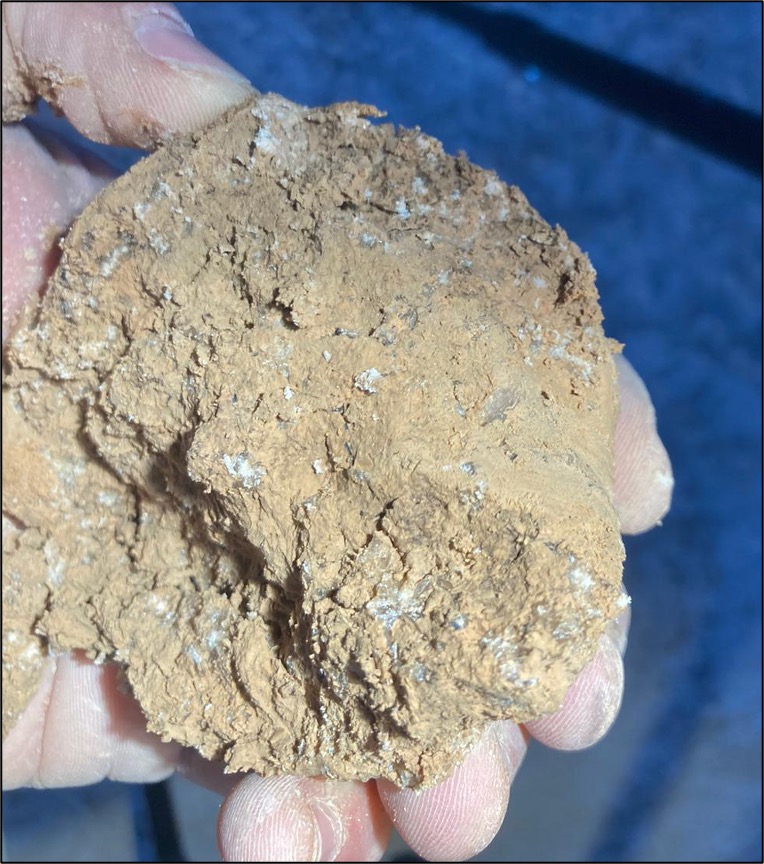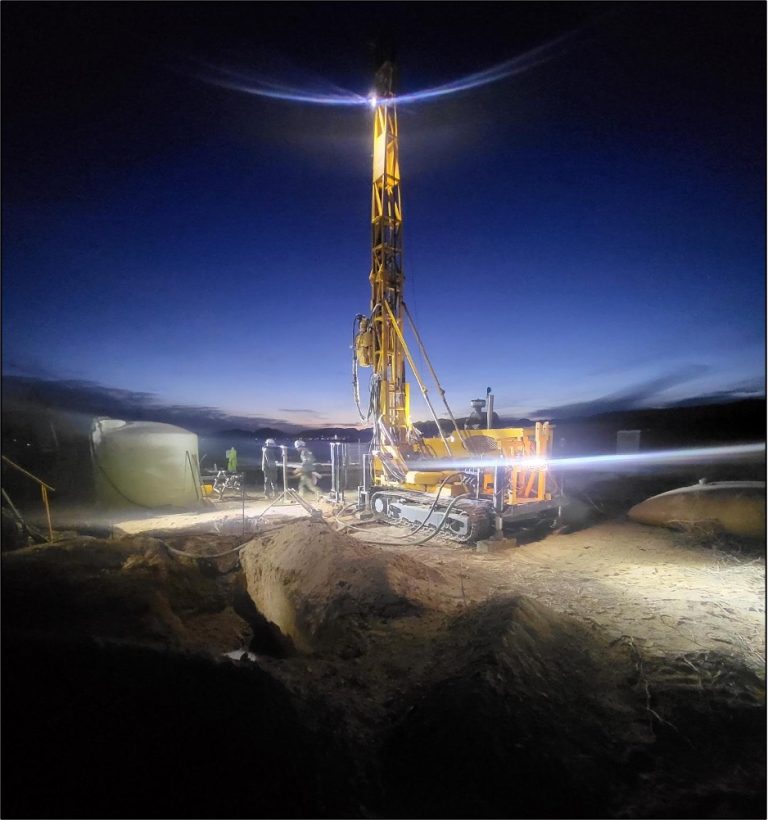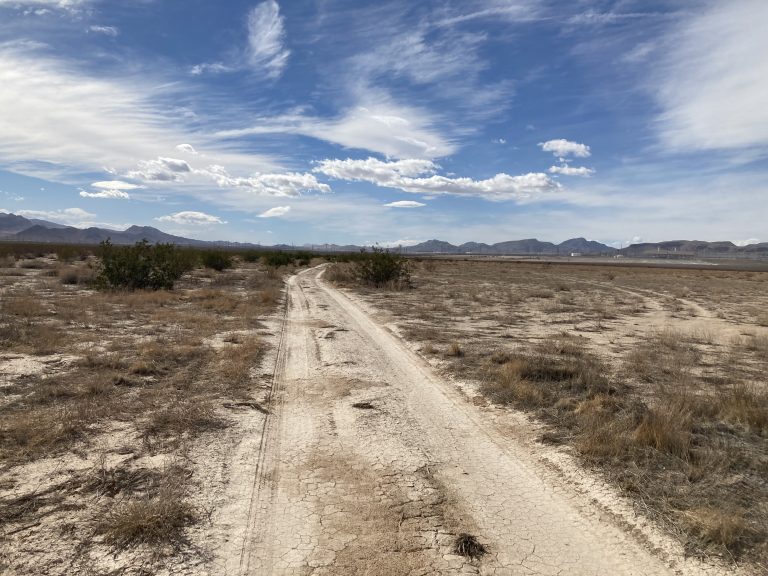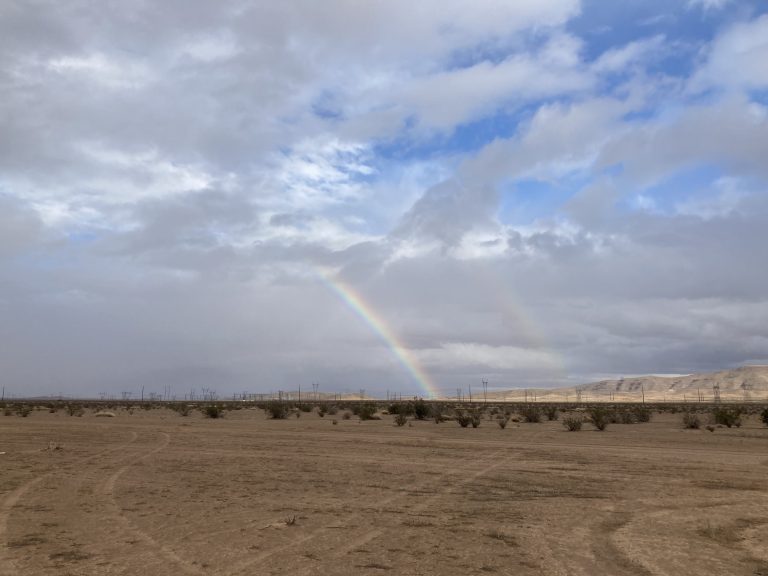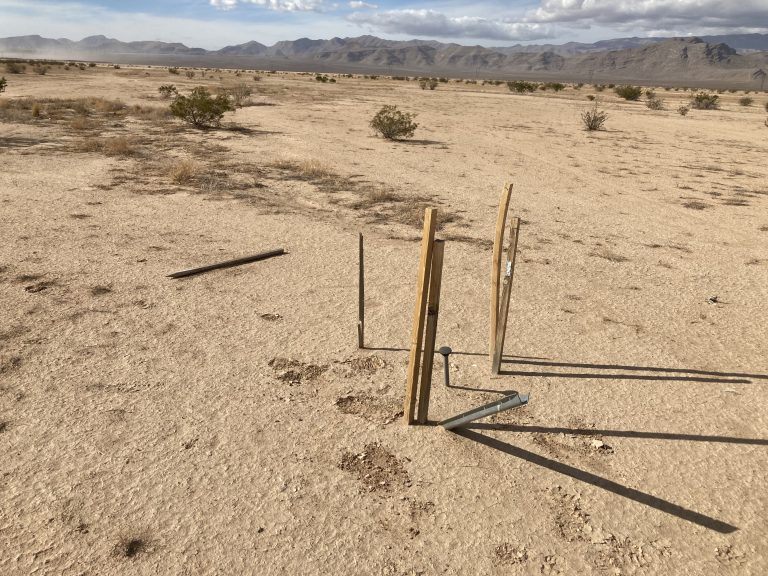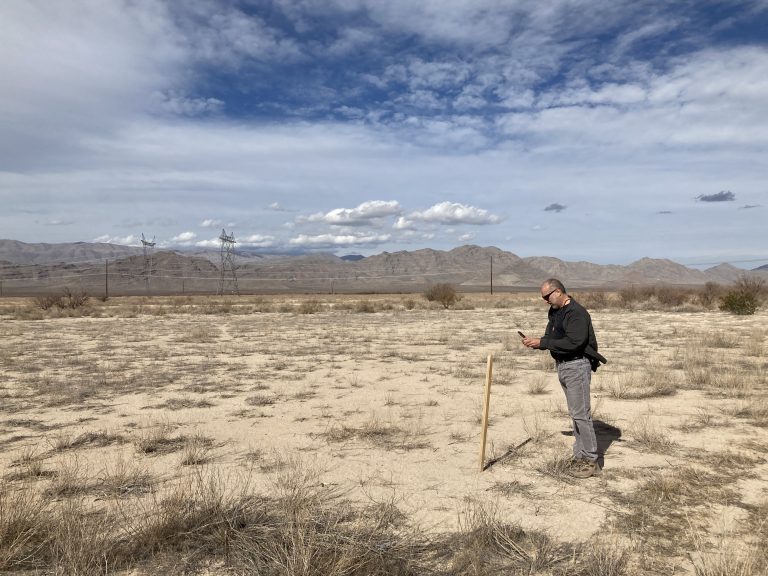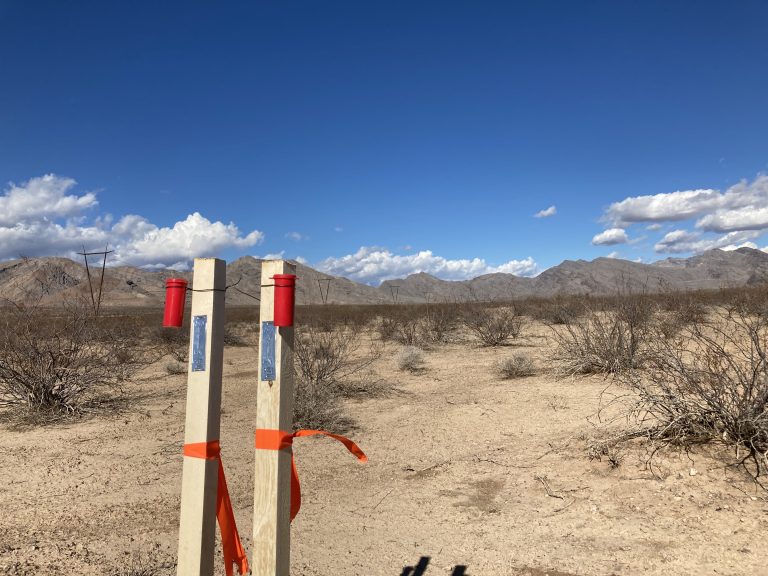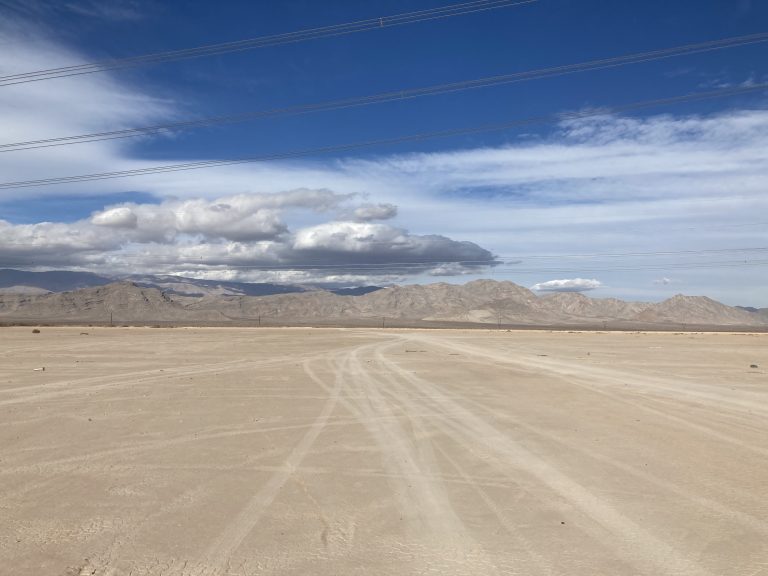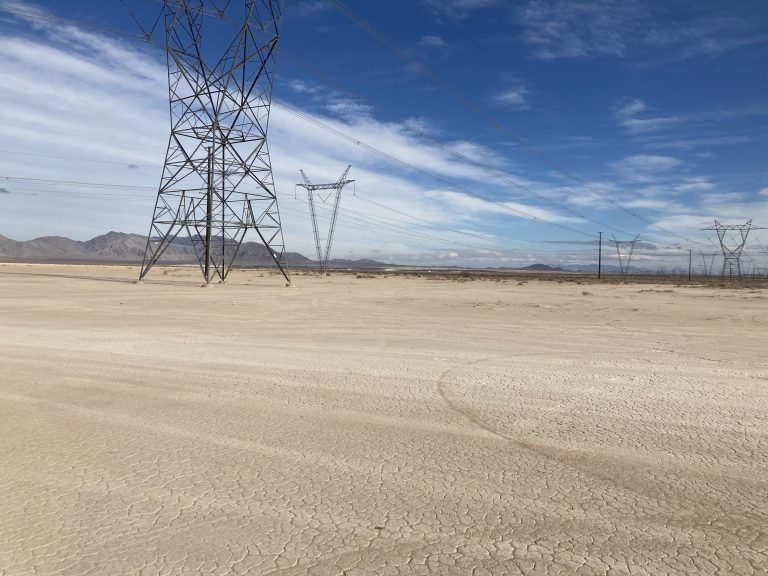Vancouver, British Columbia / May 12,, 2025 – Usha Resources Ltd. (“Usha”, “USHA” or the “Company”) (TSXV: USHA) (OTCQB: USHAF) (FSE: JO0), a North American mineral acquisition and exploration company, is pleased to announce that,...
Read MoreInitially comprised of 2,800 acres, the Company has recently expanded its control of the Jackpot Lake Lithium Brine Project in Nevada, USA (“Jackpot Lake”) to 8,714 acres, while opting to obtain 100% of the project following the success of its on-going maiden drill program. and increasing the size of project footprint or just over. As the primary strategic landowner with a project footprint of just over 35 km2within the Dry Lake Basin, the Company is presently drilling the second hole of its maiden drill program with the goal of defining a 43-101 resource.
To date, drilling at Dry Lake Basin remains successful, and continues to show strong geographic similarities to Albemarle’s Silver Peak Nevada Lithium Mine, the only producing lithium mine in North America. Within Nevada, pegged by many as the lithium capital of the United States, the Company’s target is relatively unique as its shallower basin has resulted in favourable geology being located at more accessible depths than elsewhere in the state, including Clayton Valley
Notably, the Company recently reported the highest lithium grades ever at the project, with analytical results from JP22-02 returning as high as 820 ppm and averaging 334 ppm Li in thirty samples collected from shallow surface soils (<500 ft), thereby confirming that the soils at the Project are highly enriched in lithium. These results are over four times the reported historical average and compare very favourably to the reported average of 100 ppm for the Esmeralda Formation, one of the potential sources of the lithium enrichment for the brines present at Albemarle’s Silver Peak Mine.
The identification of the sand and conglomerate zone in particular is very important as per the Preliminary Economic Assessment (PEA) completed by Pure Energy Minerals for their Clayton Valley project[ii], their sand and conglomerate zone was identified to contain a large volume of brine with superior grades, and per the Pre-Feasibility Study completed by Albemarle for the Silver Peak Mine, this zone is a focus for expansion.
The Company will be advancing both its drill holes to 2,000 feet within the coming weeks after which it will complete sampling, including the deeper sand and conglomerate zones where the Company believes the best potential brines may be present. Pending results, the Company would then proceed with either further drilling or completion of its maiden resource estimate, the completion of which would enable it to join the ranks of a select few companies in the United States.
JP22-01 was completed to a total depth of 1,723 feet or 525 metres below ground and now confirms:
Drilling is ongoing for hole JP22-02 and now confirms:
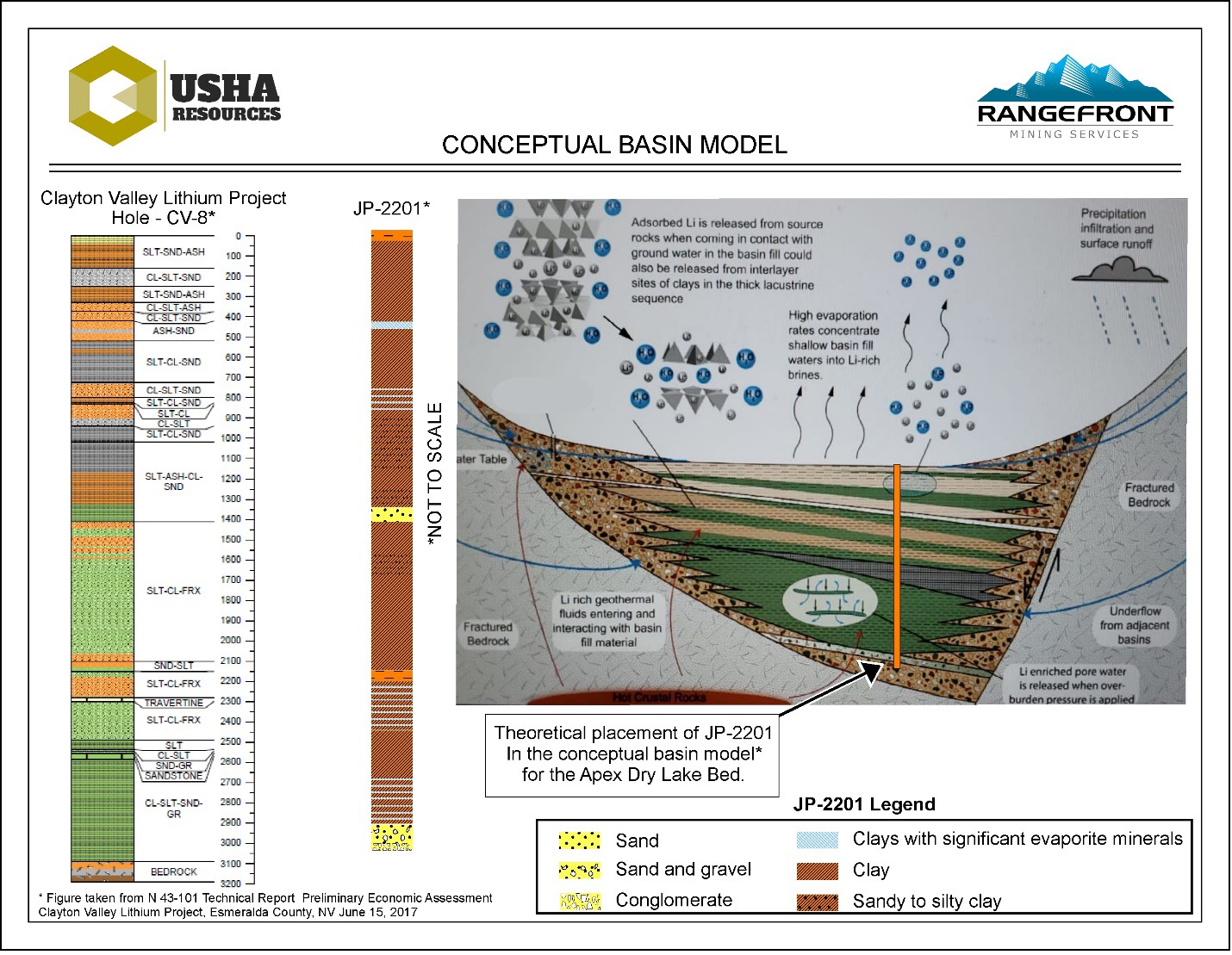
At Usha, we see an incredible opportunity to take part in the growing demand for electric vehicles, mobile devices, and, grid storage that is creating a long-term supply shortage and increasing lithium prices.
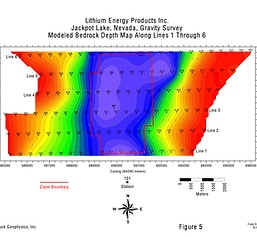
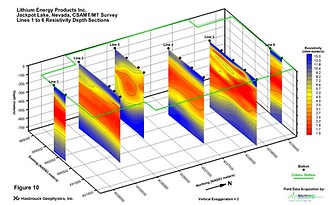
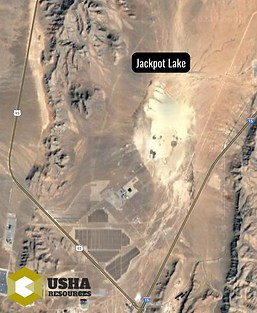
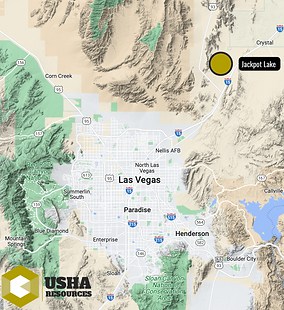
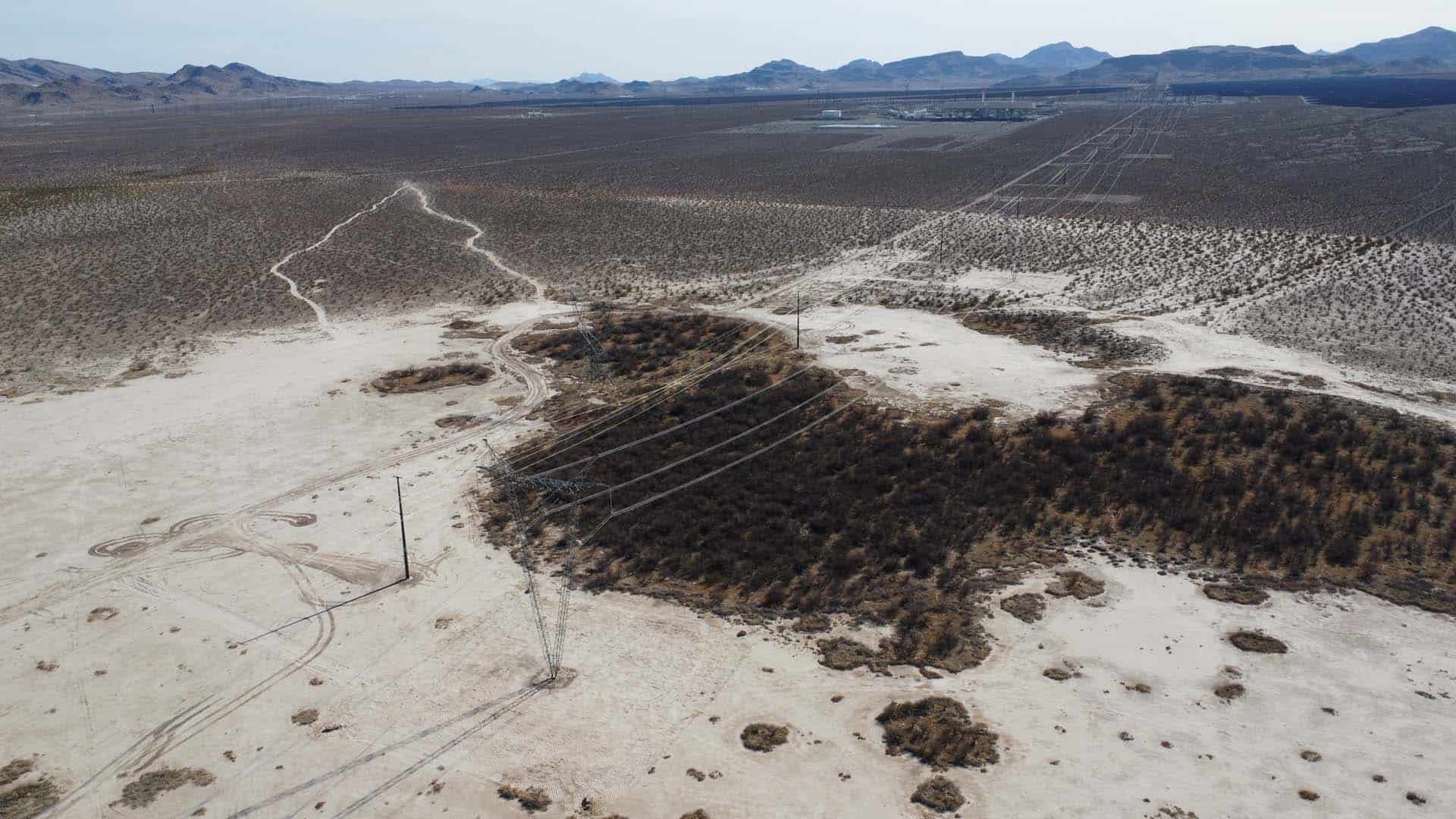
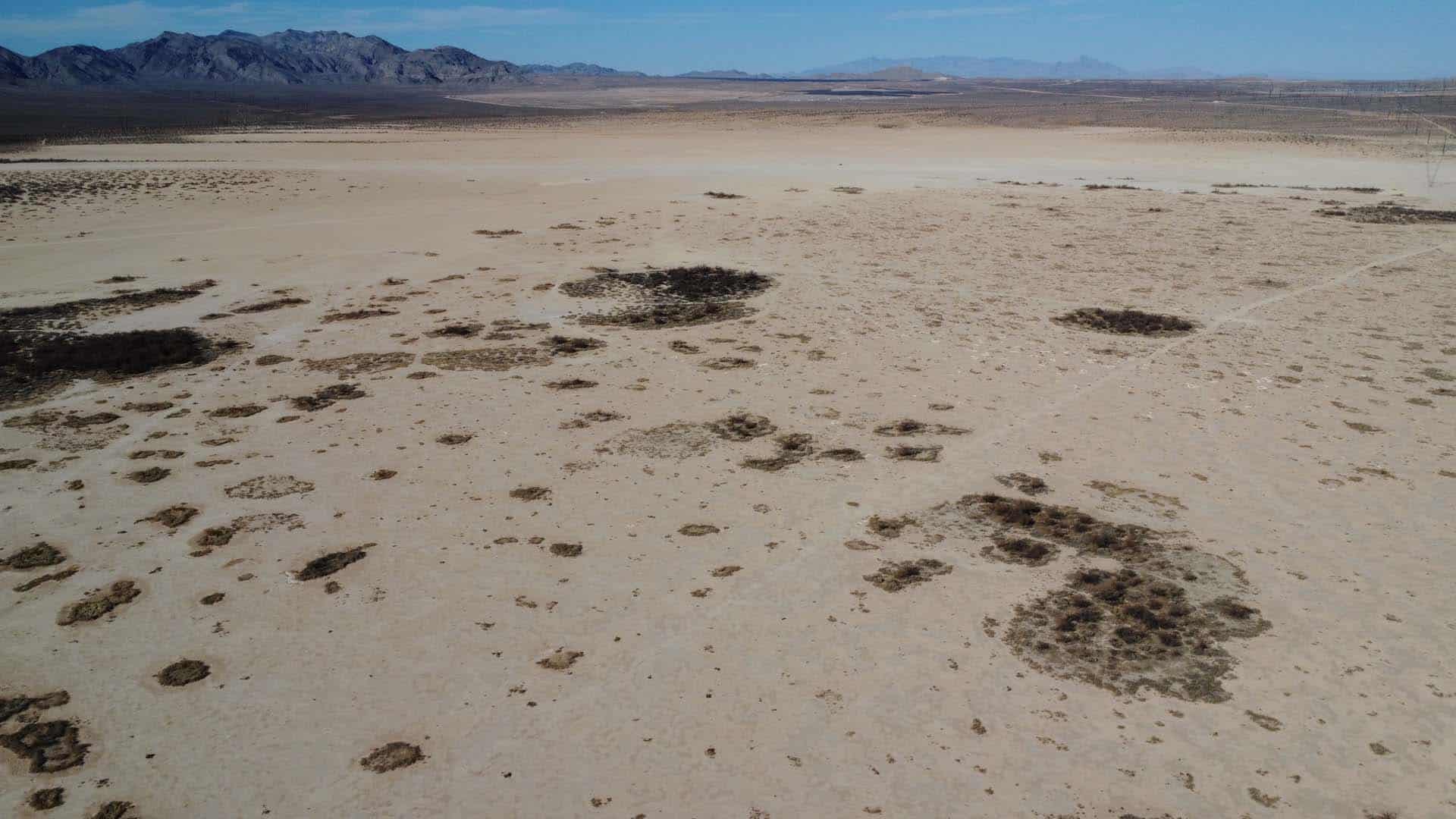
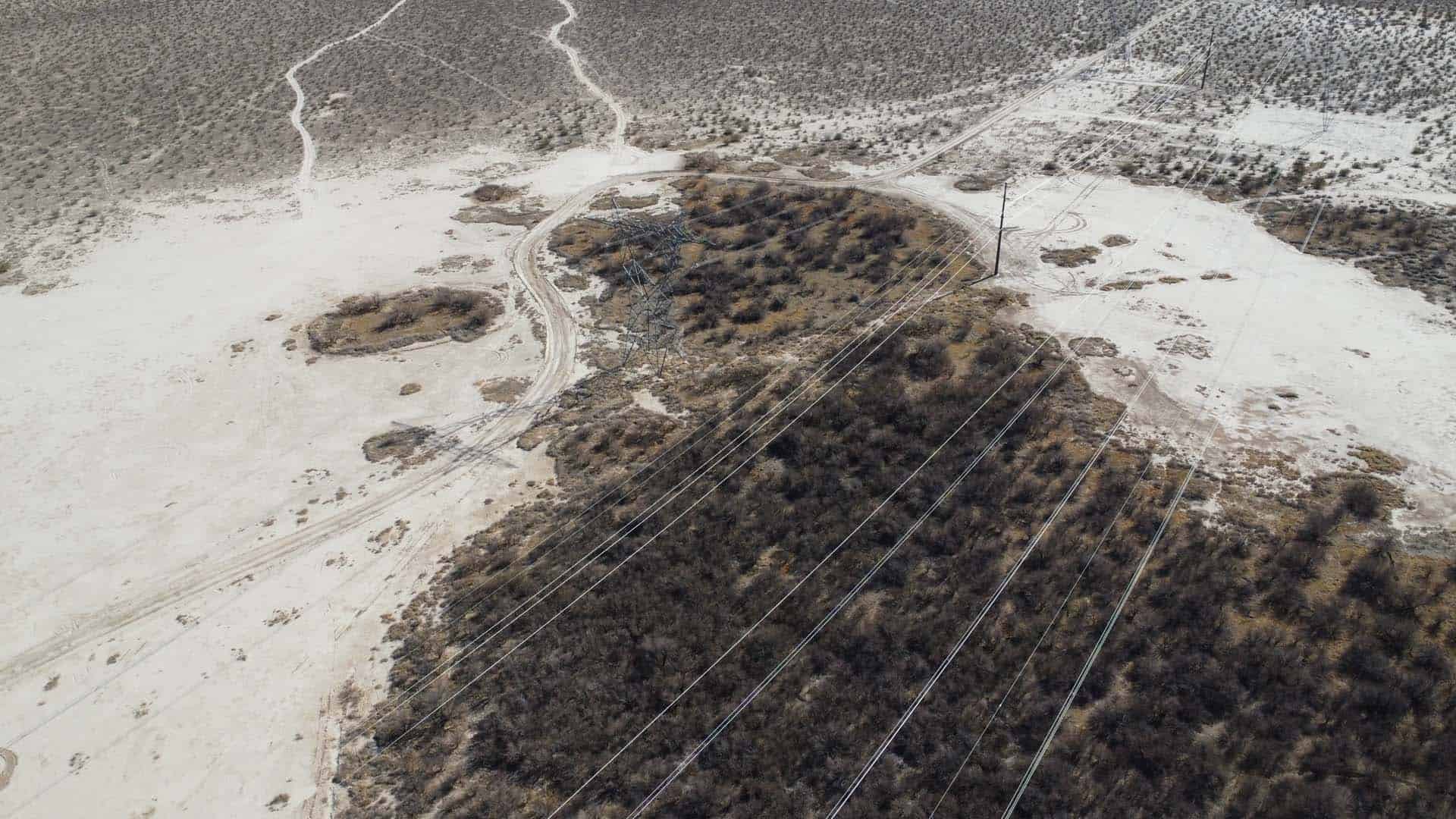
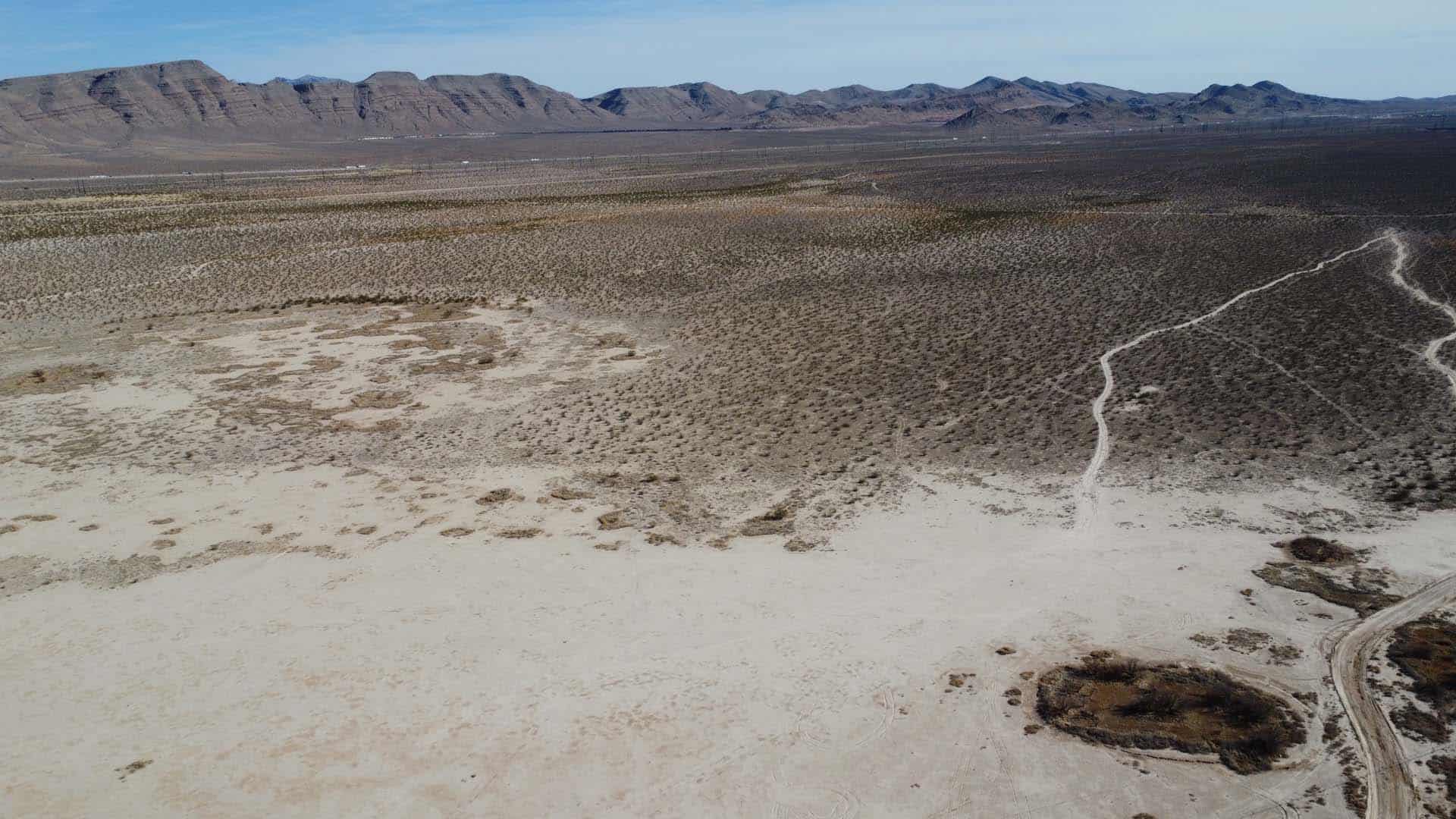
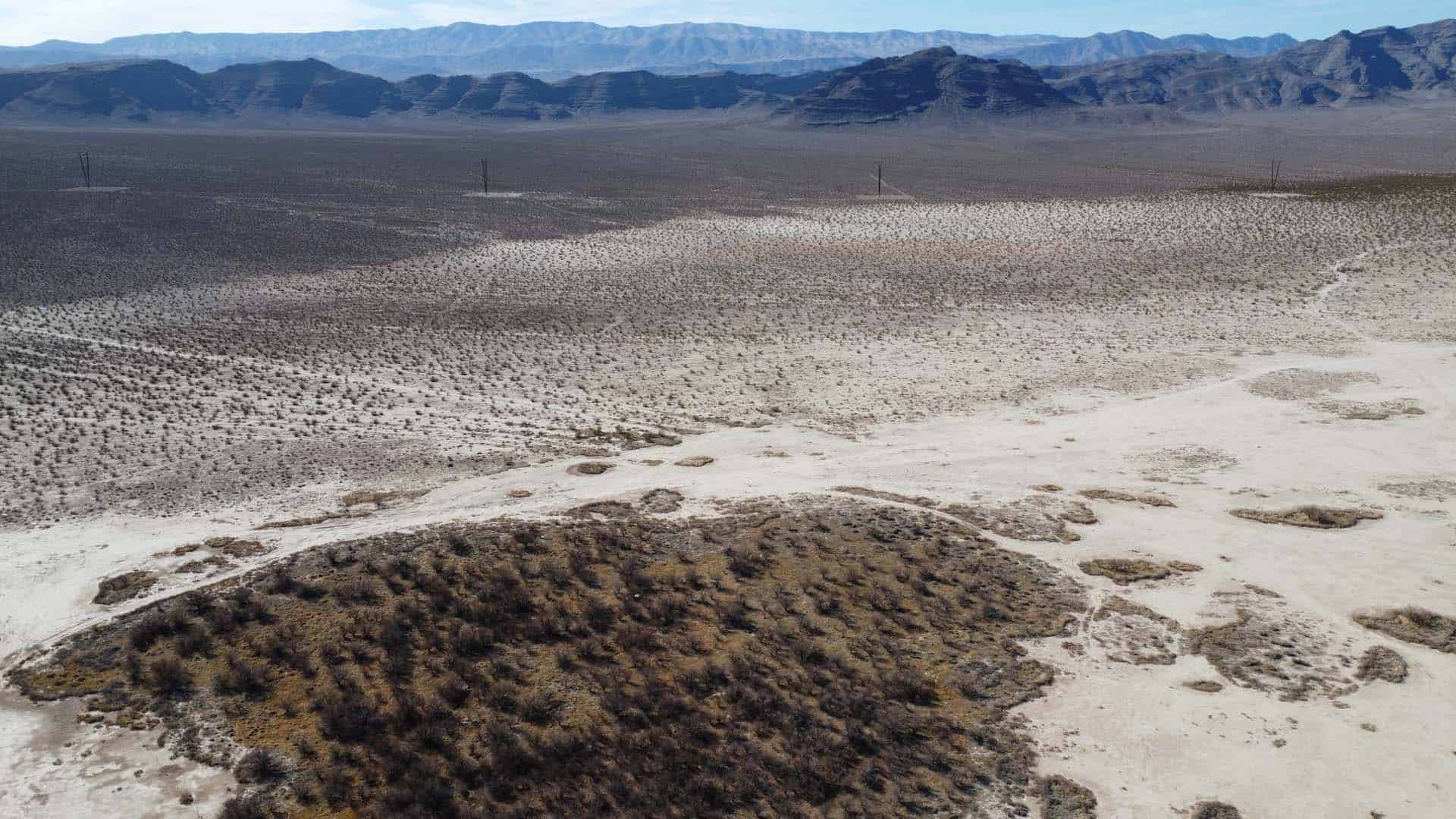
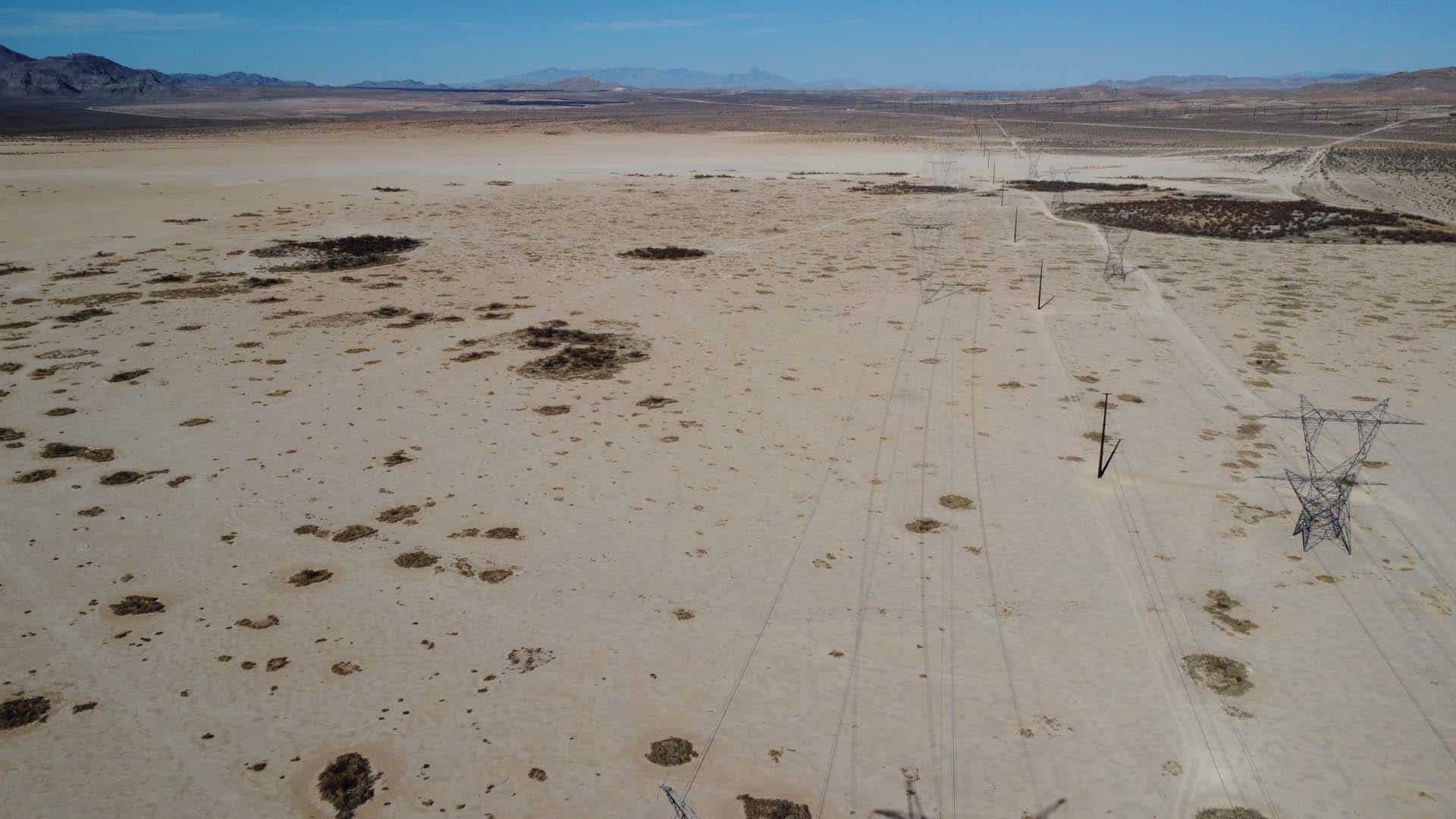
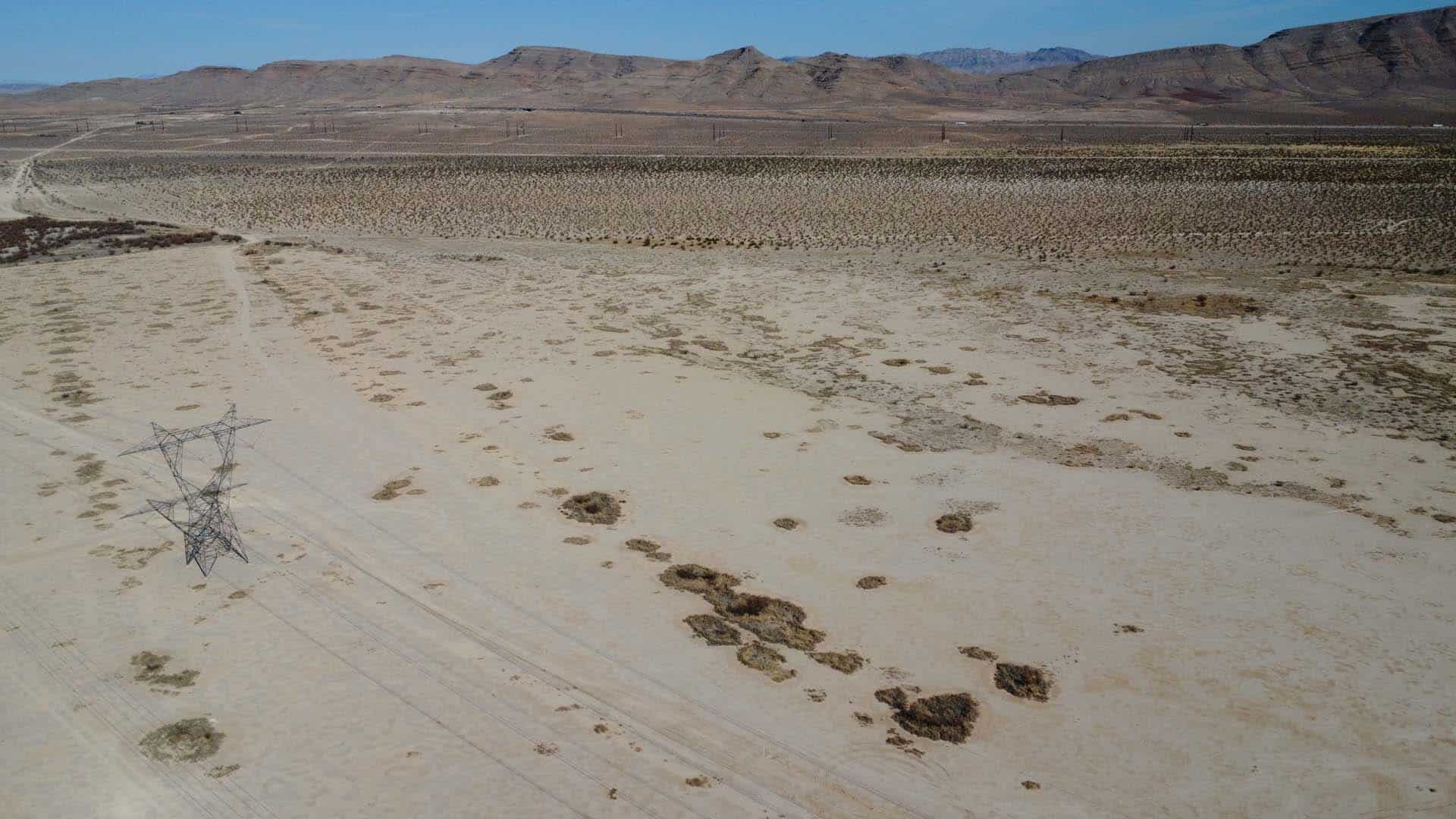
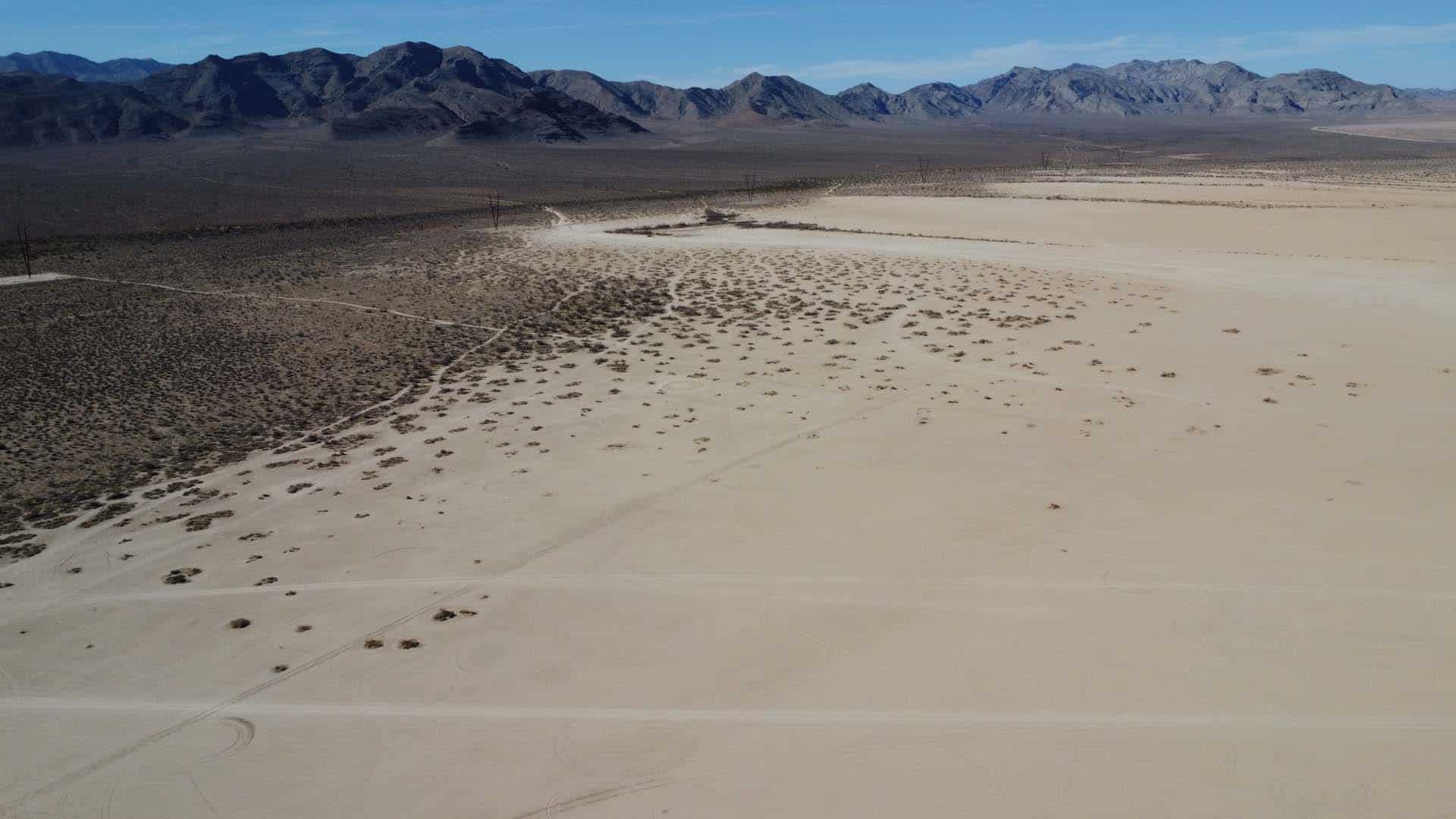
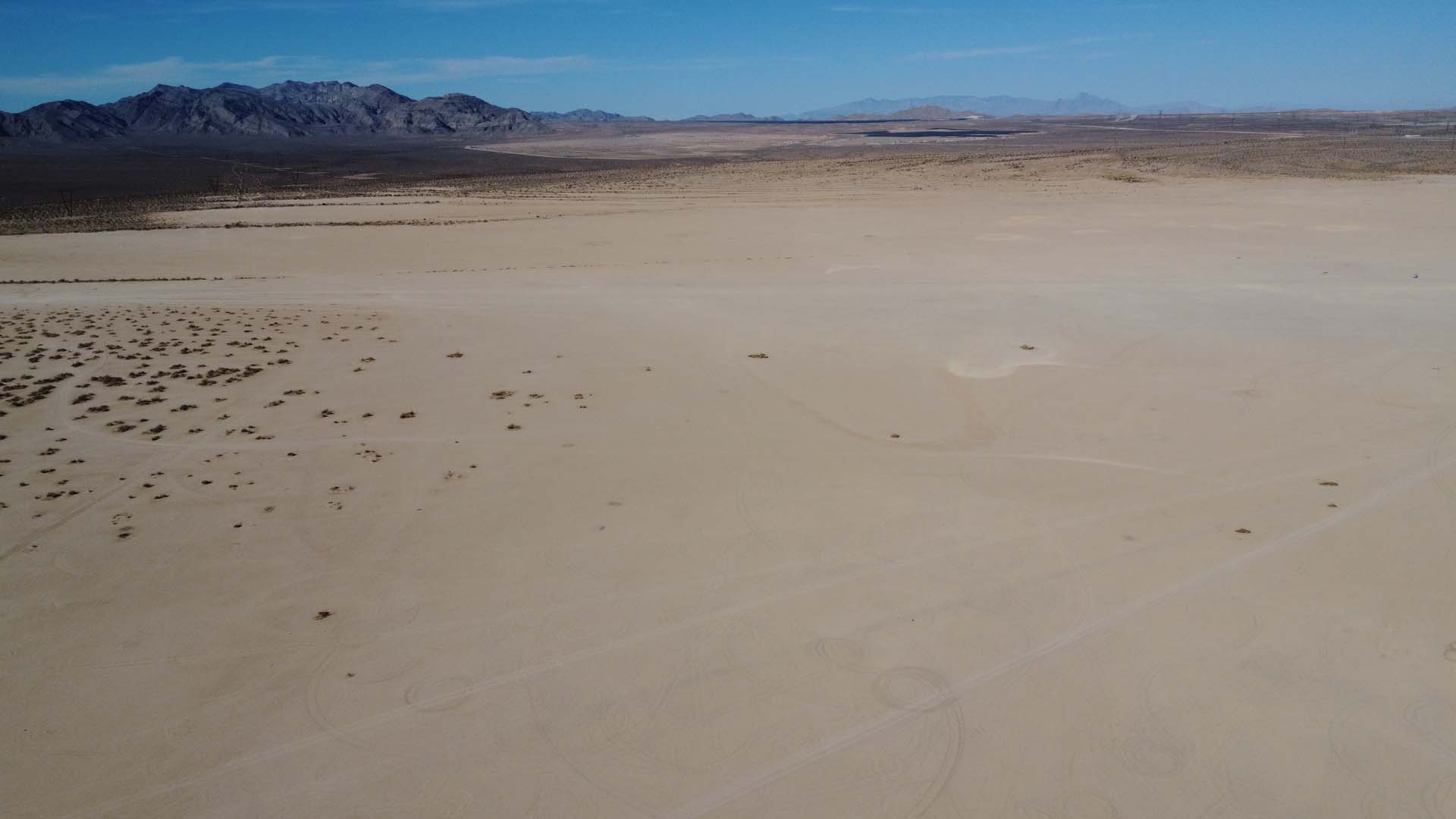
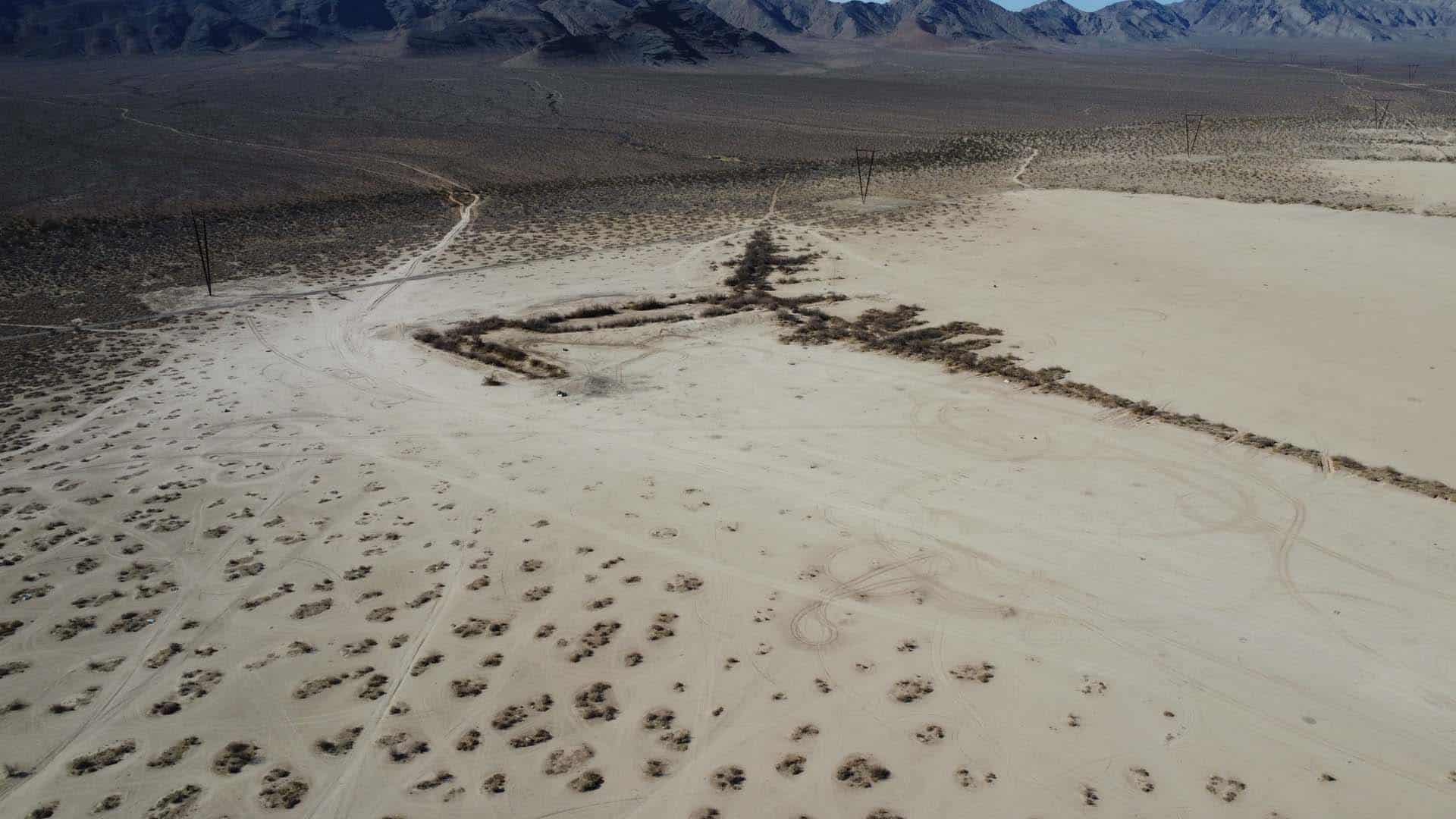
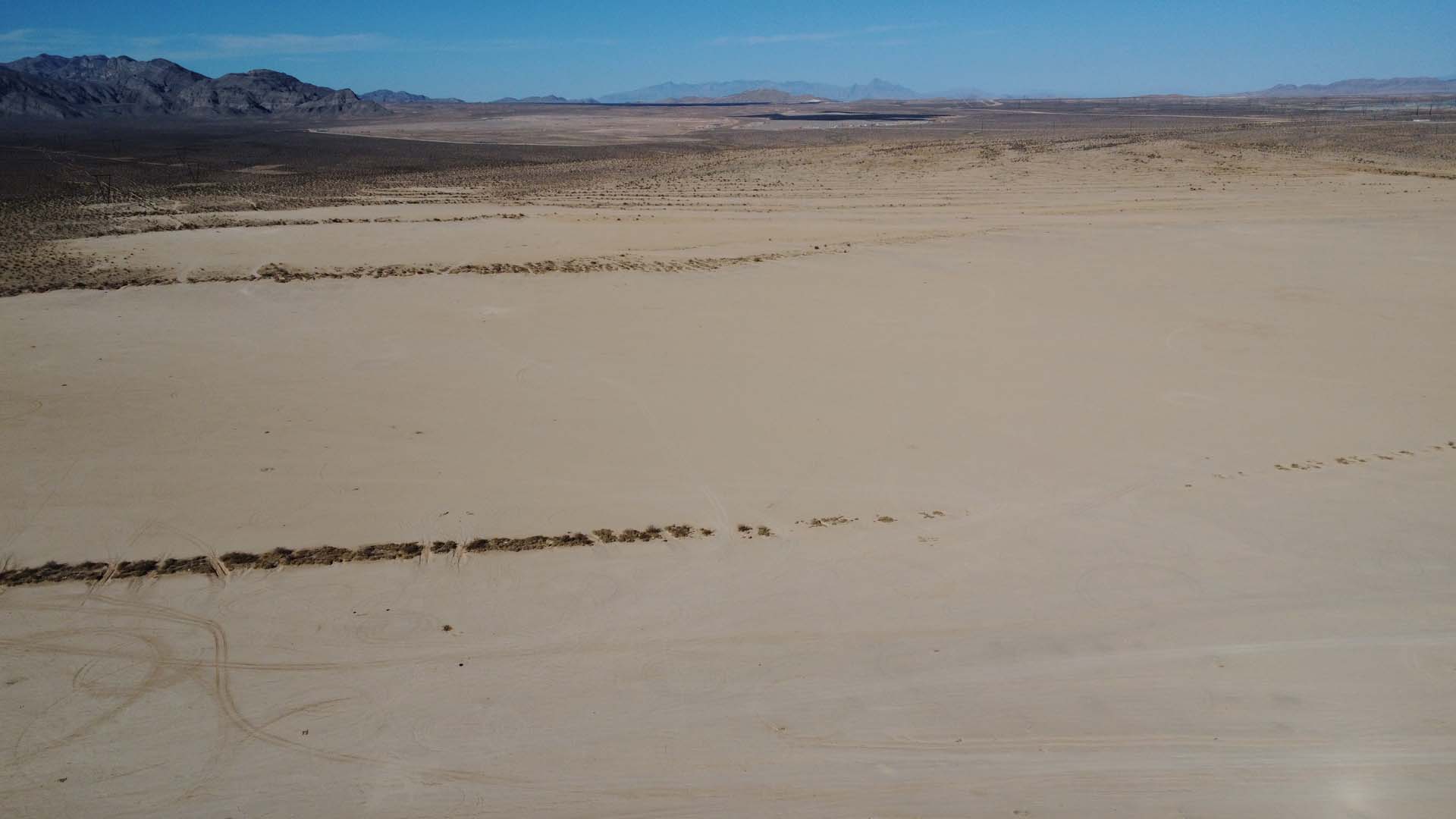
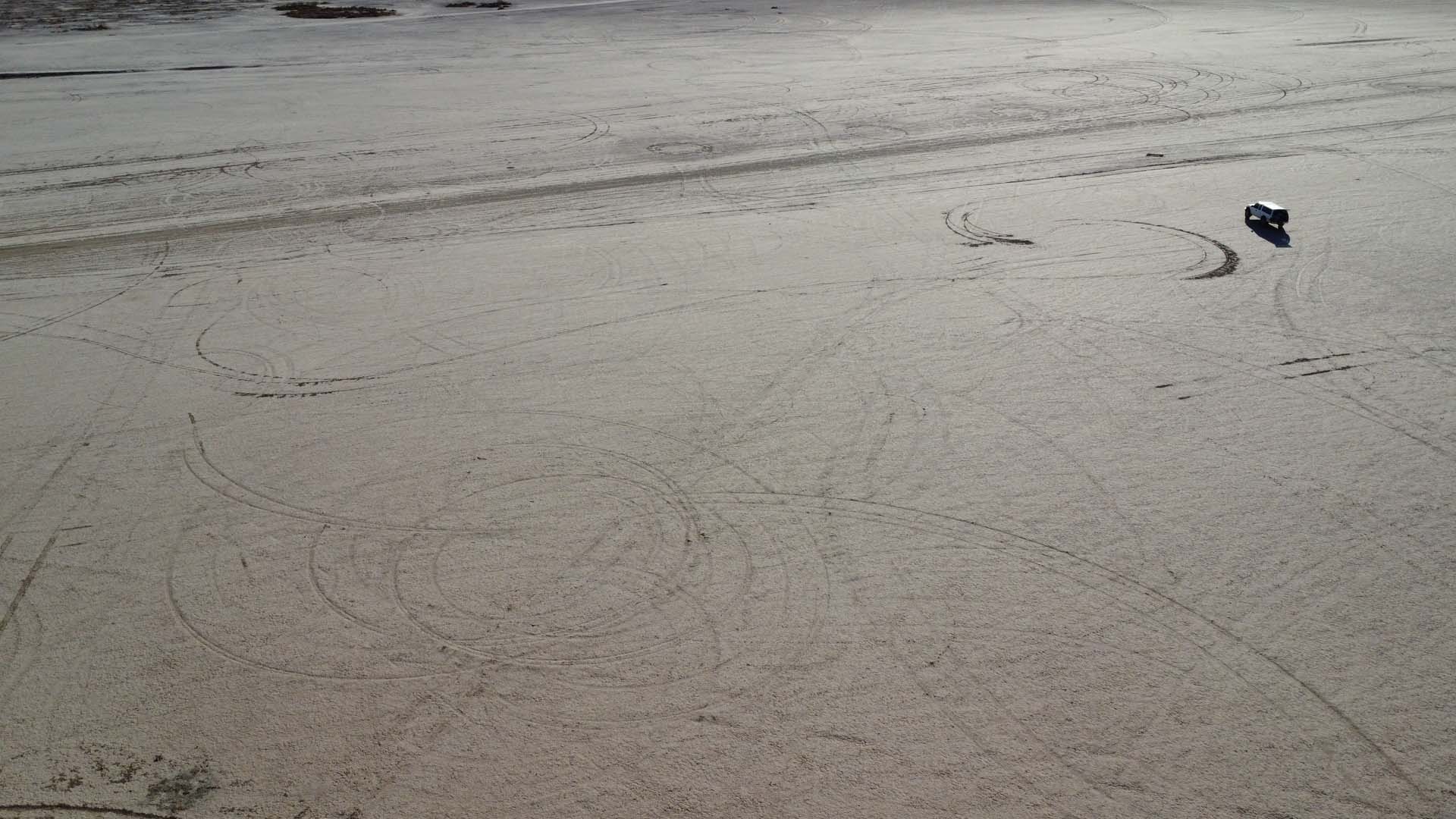
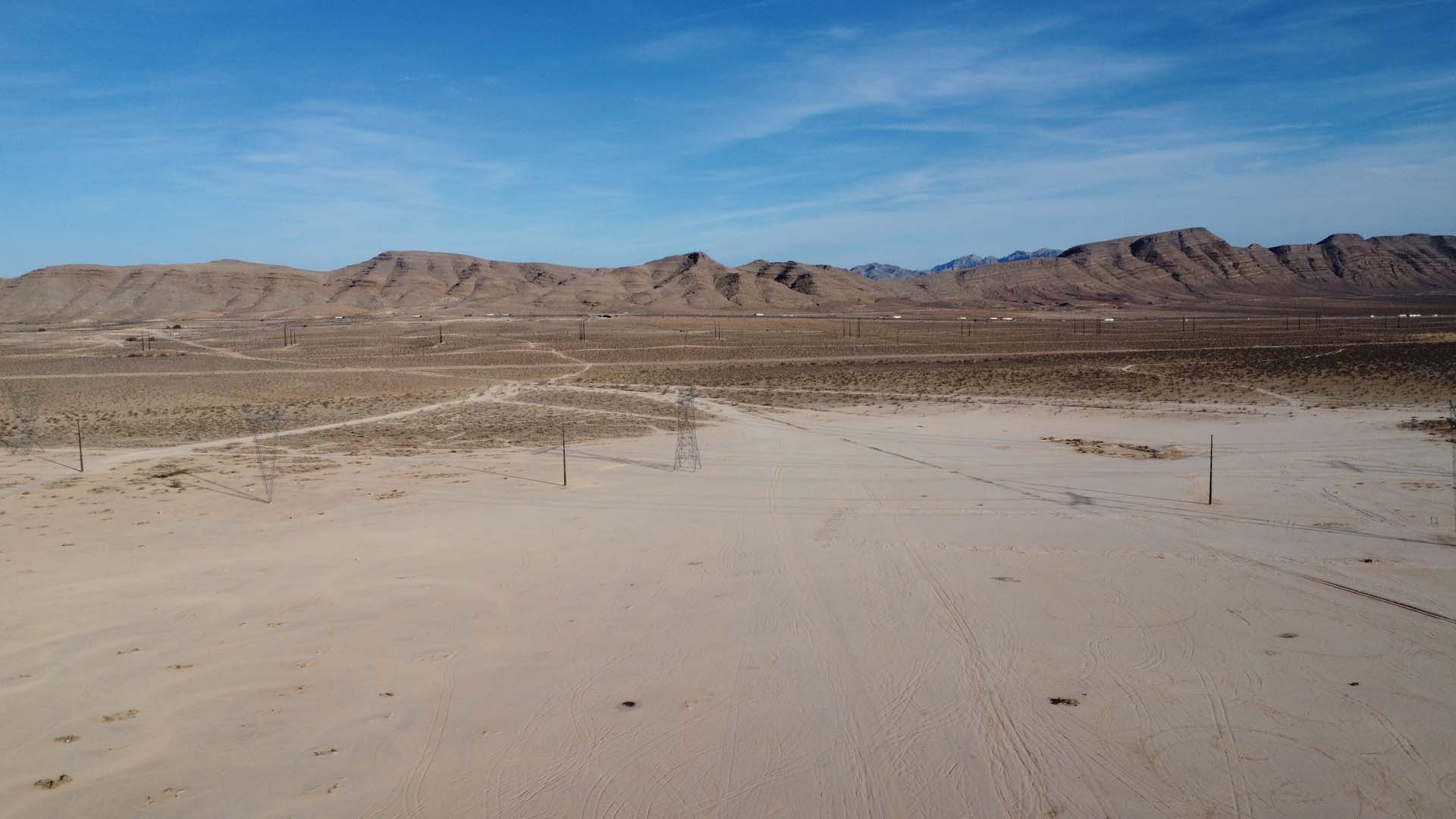
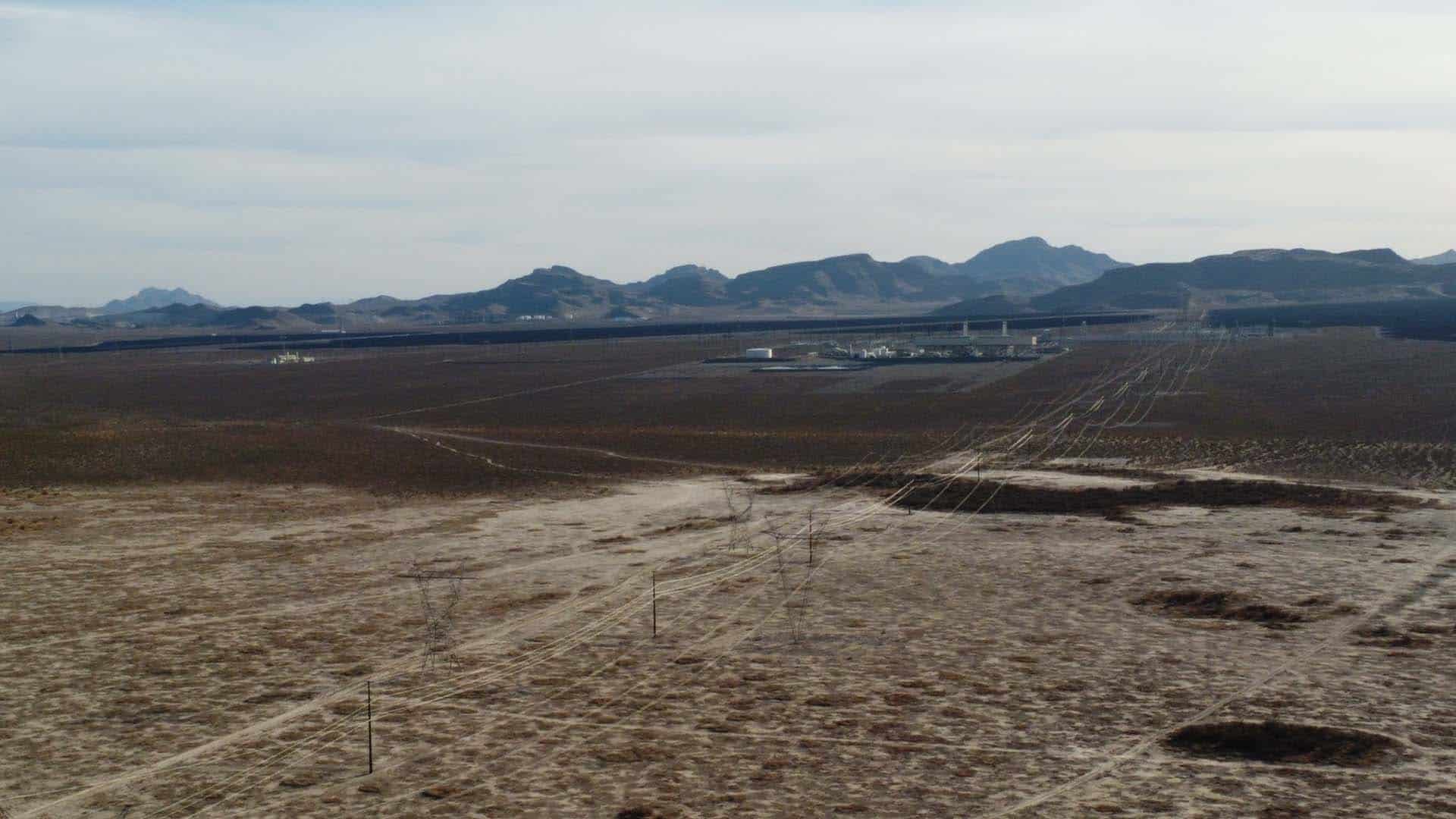
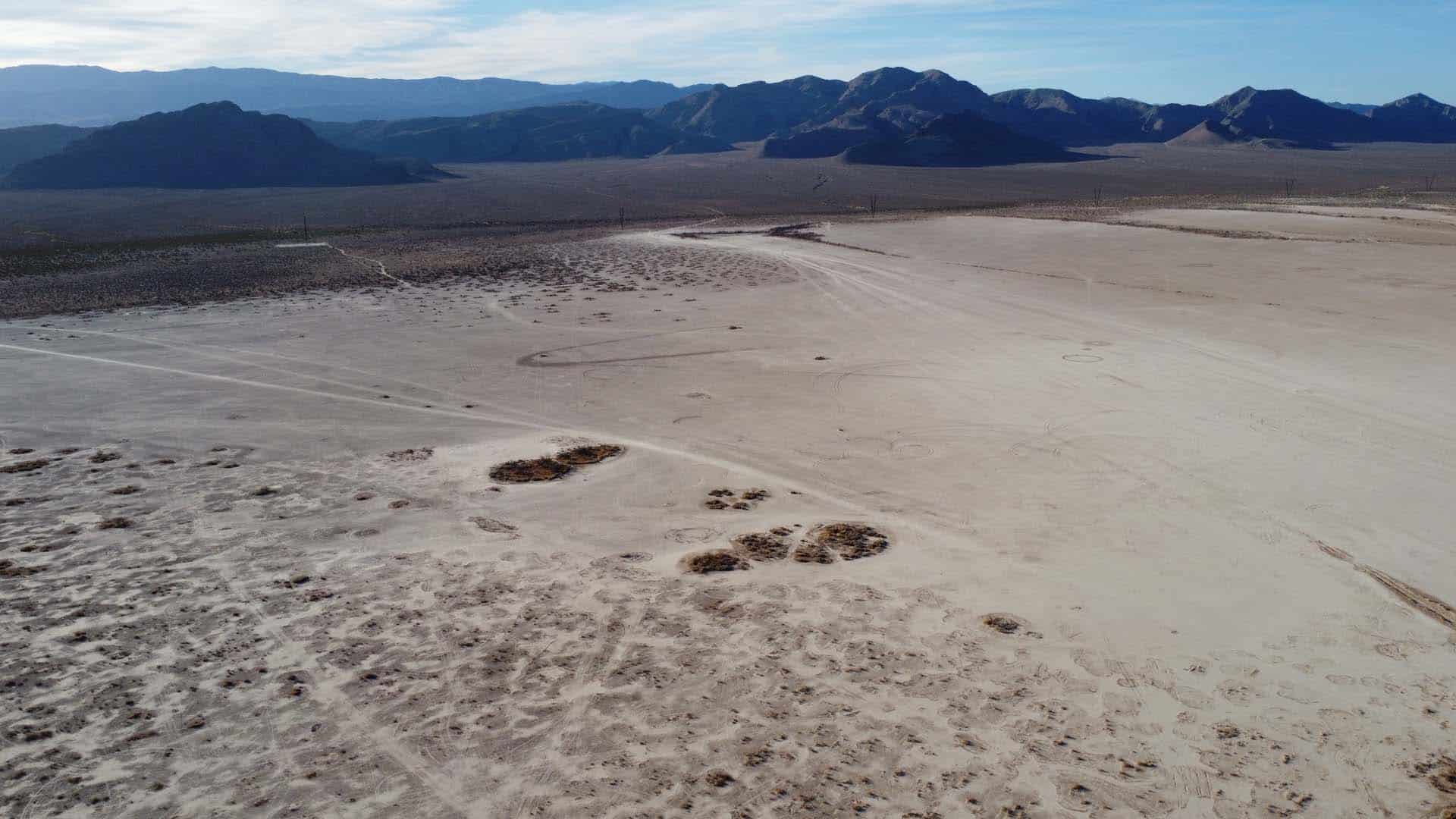
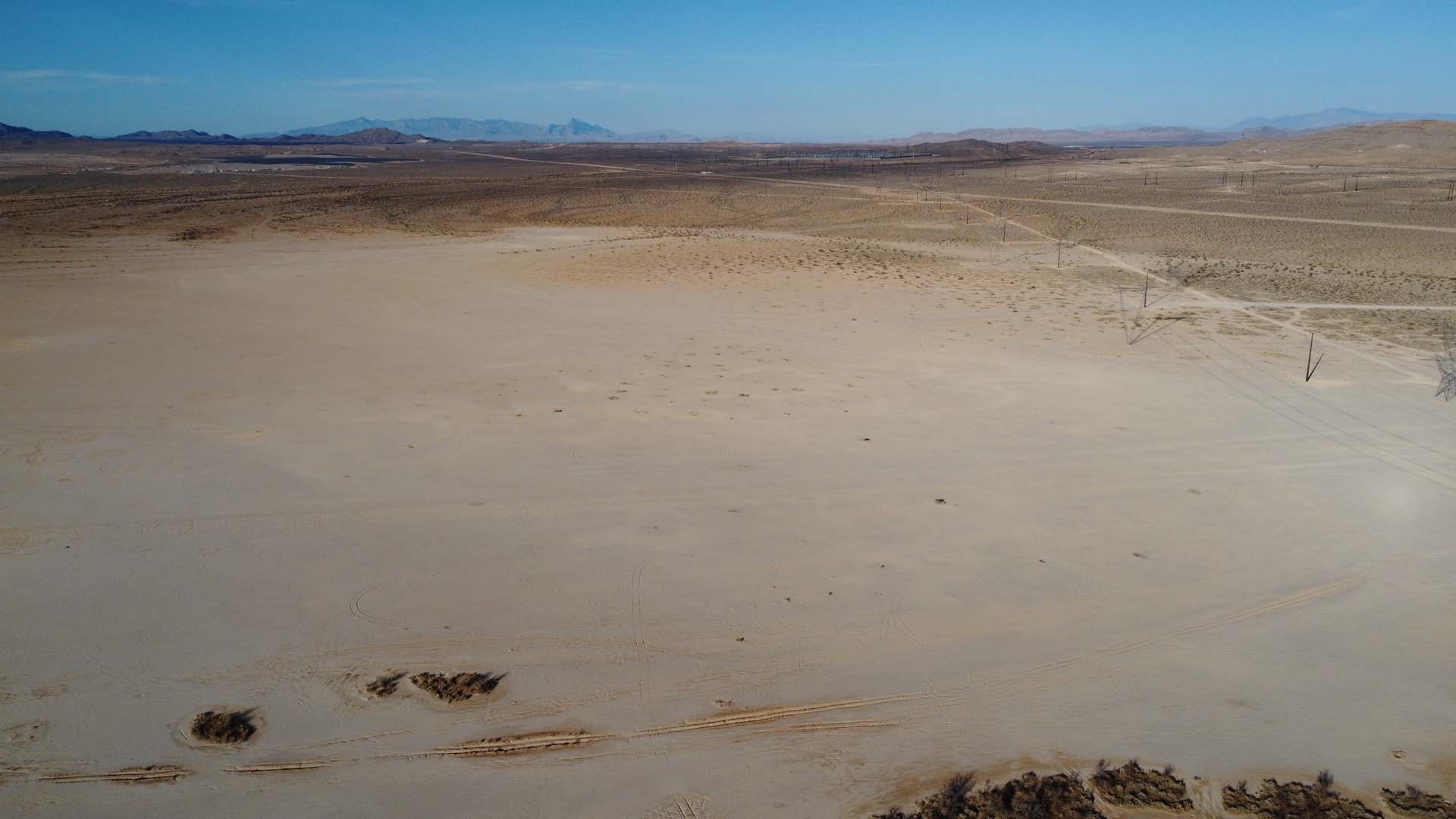
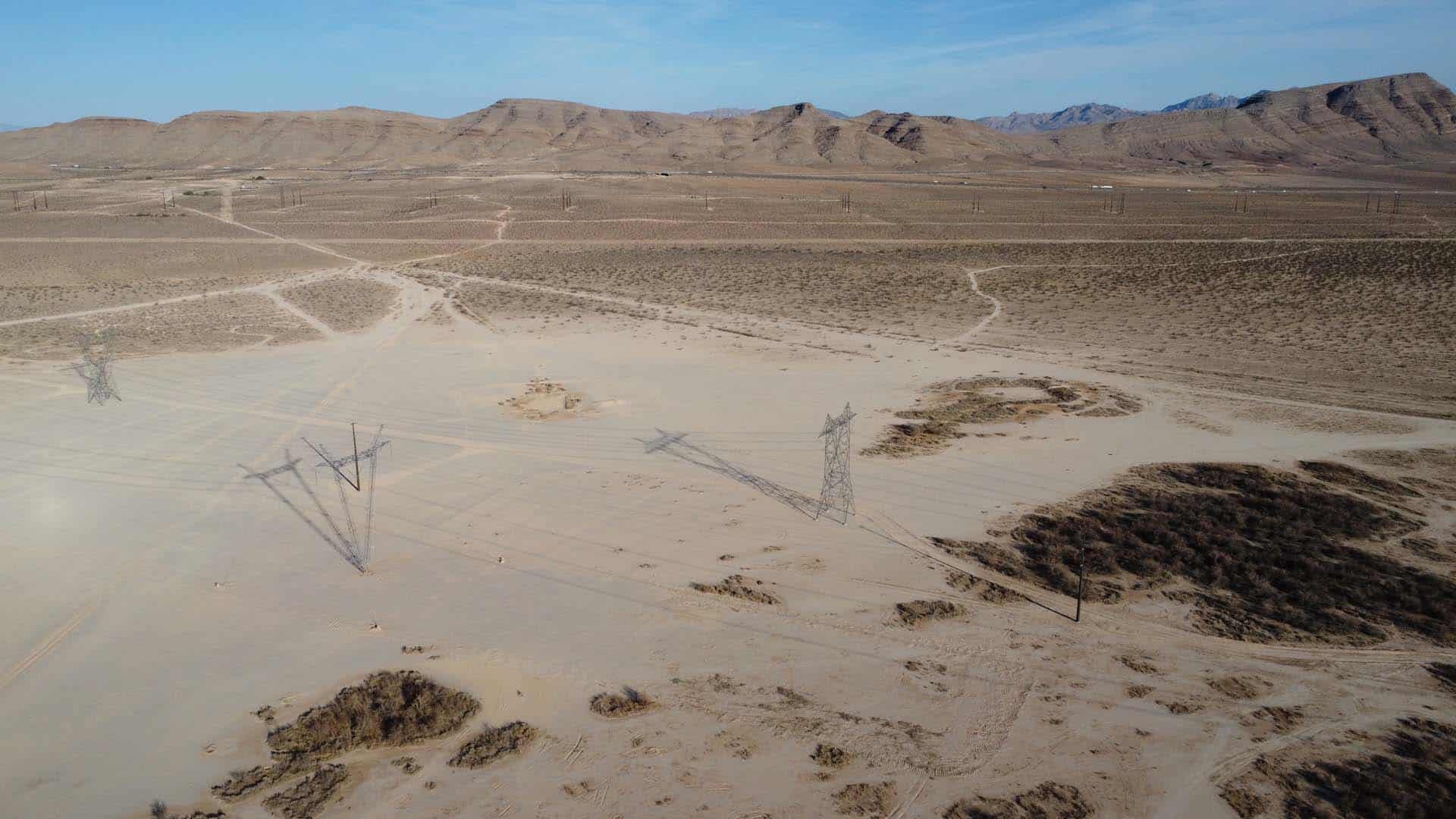
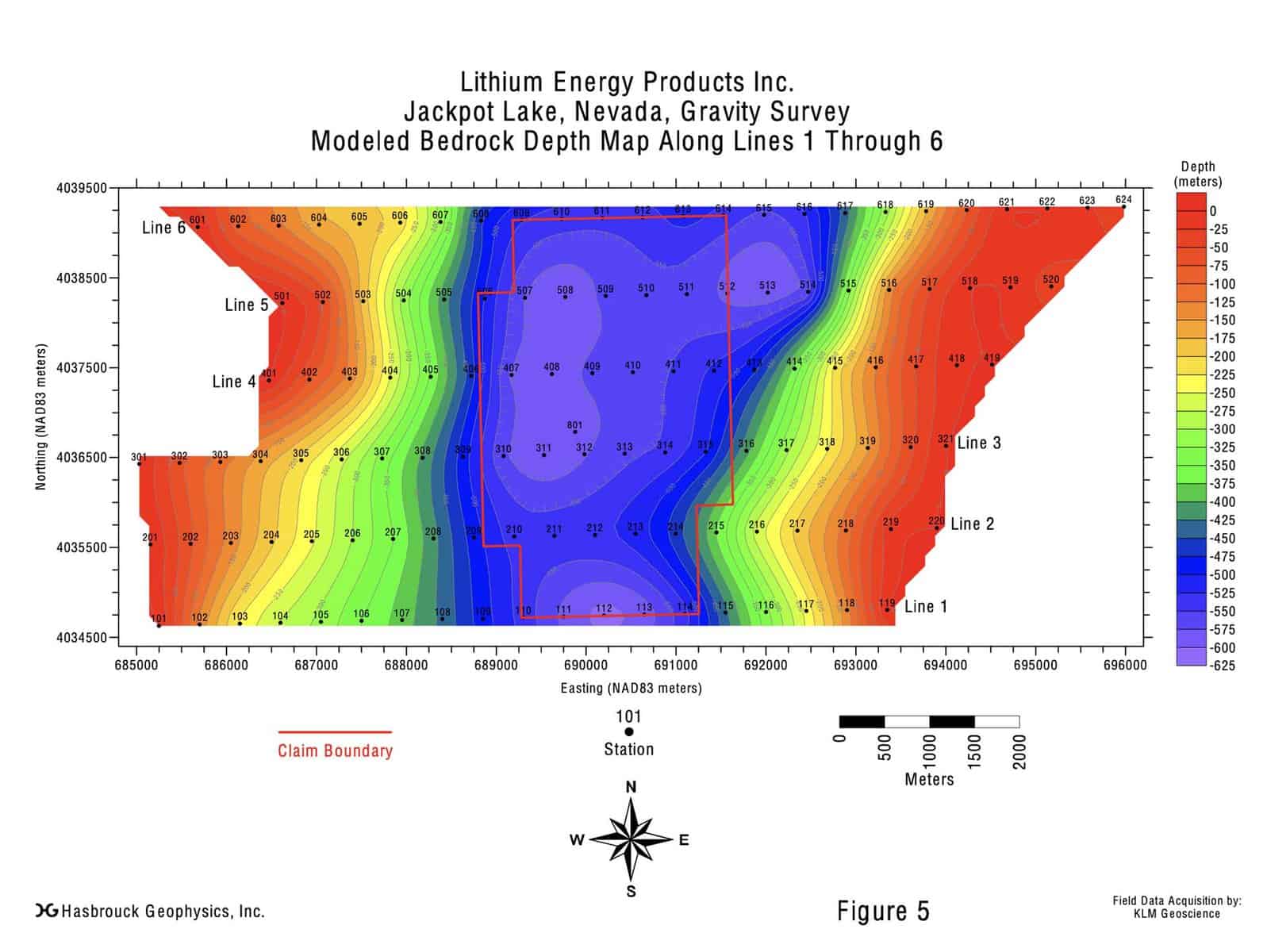
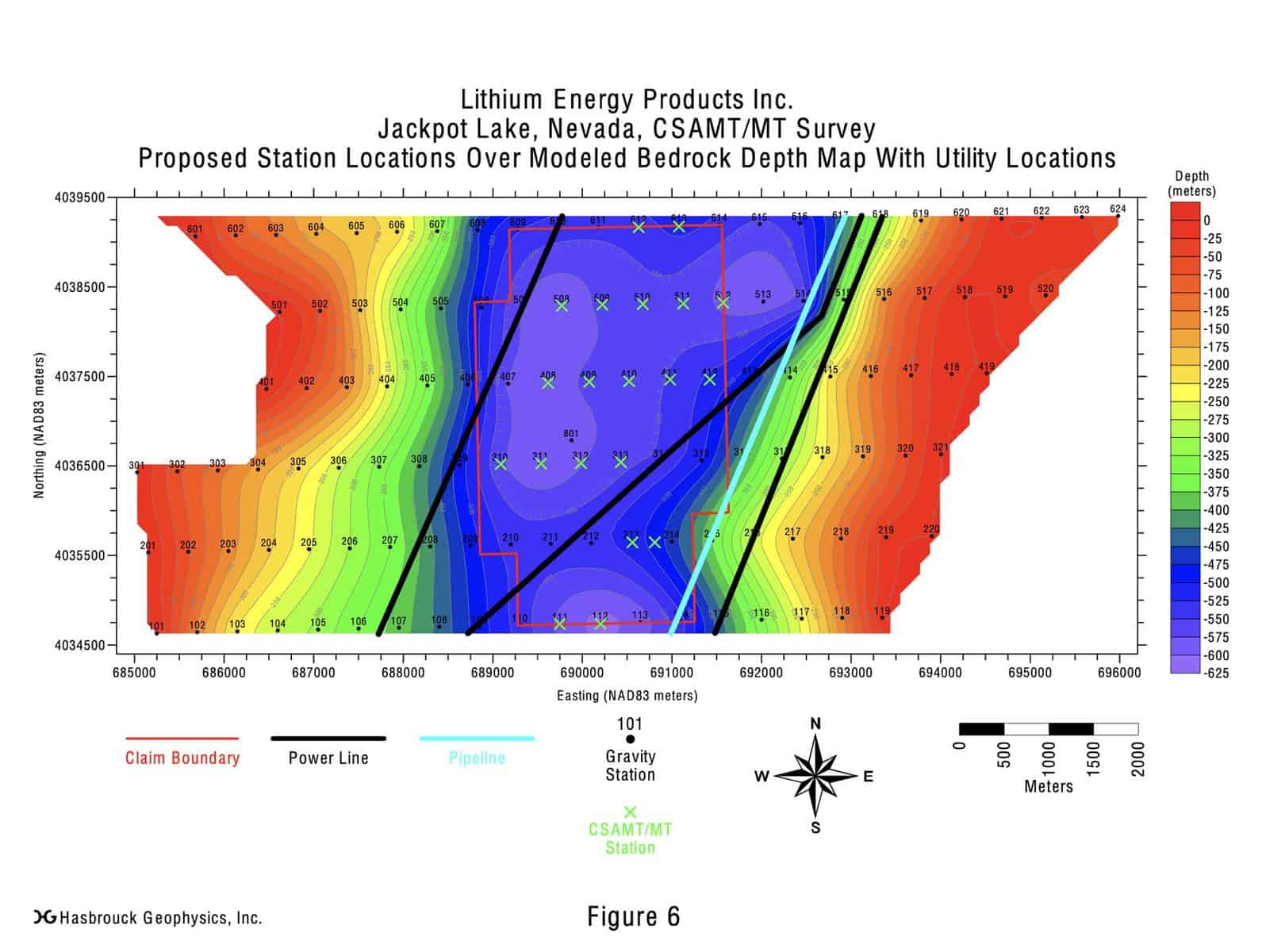
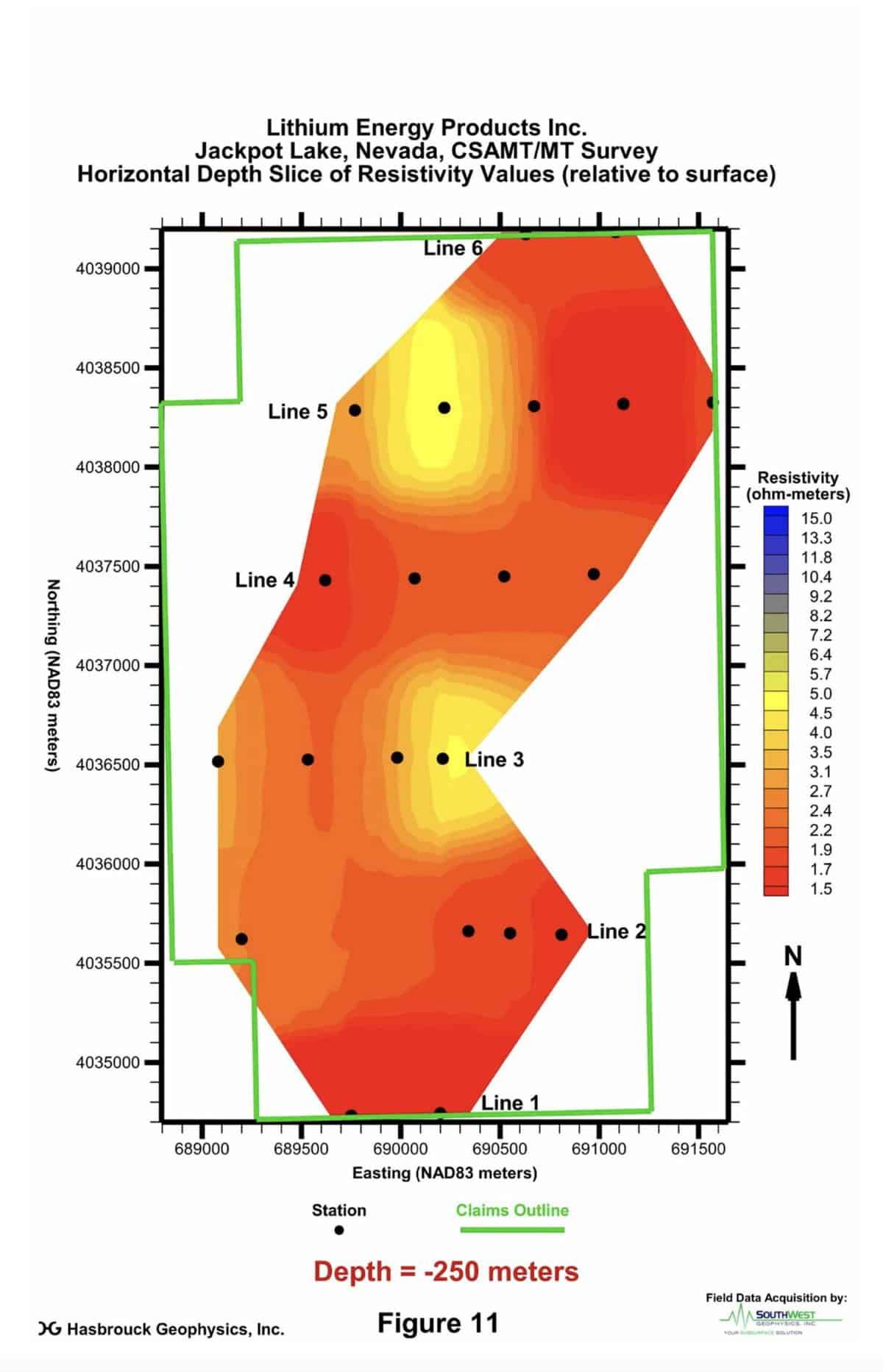
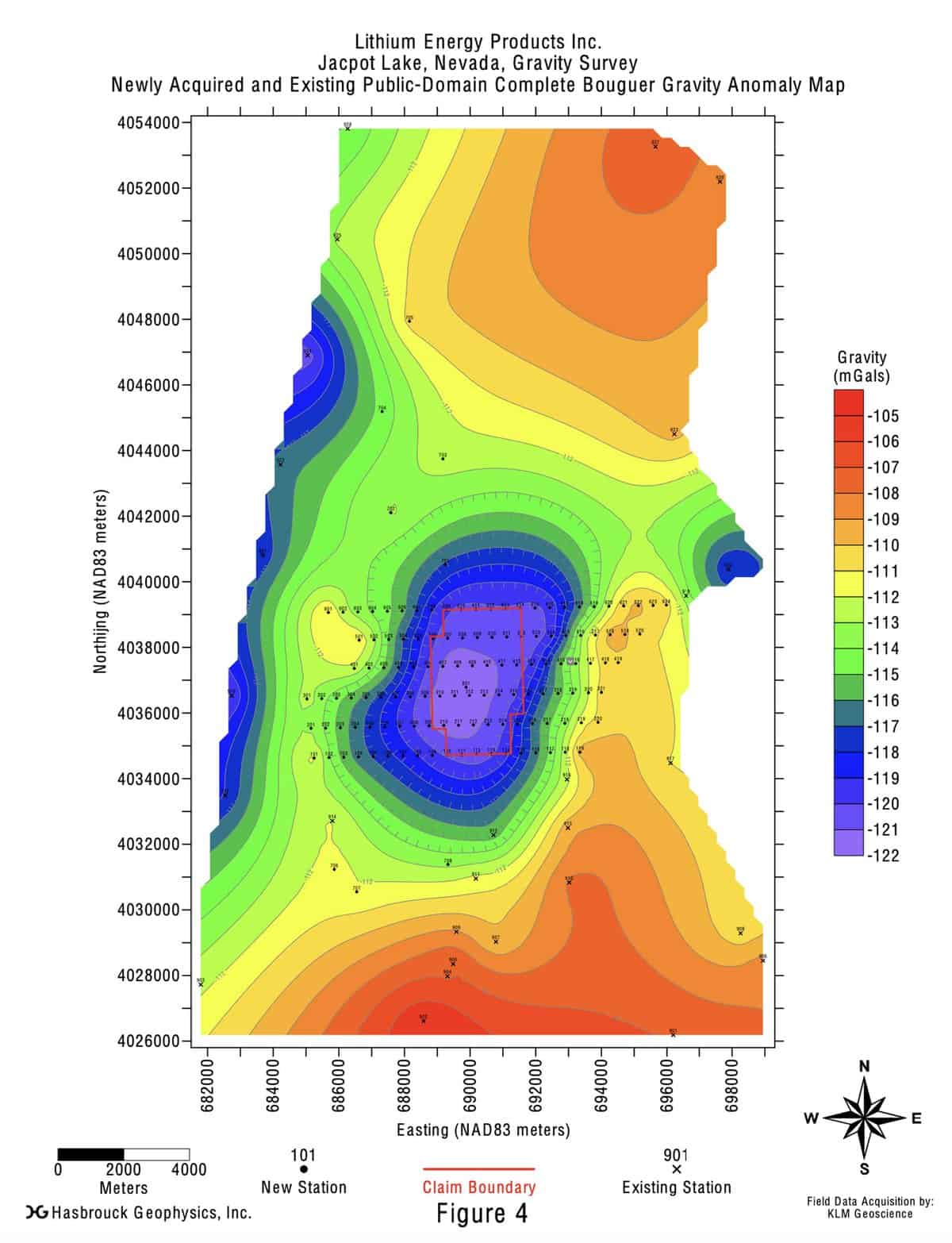
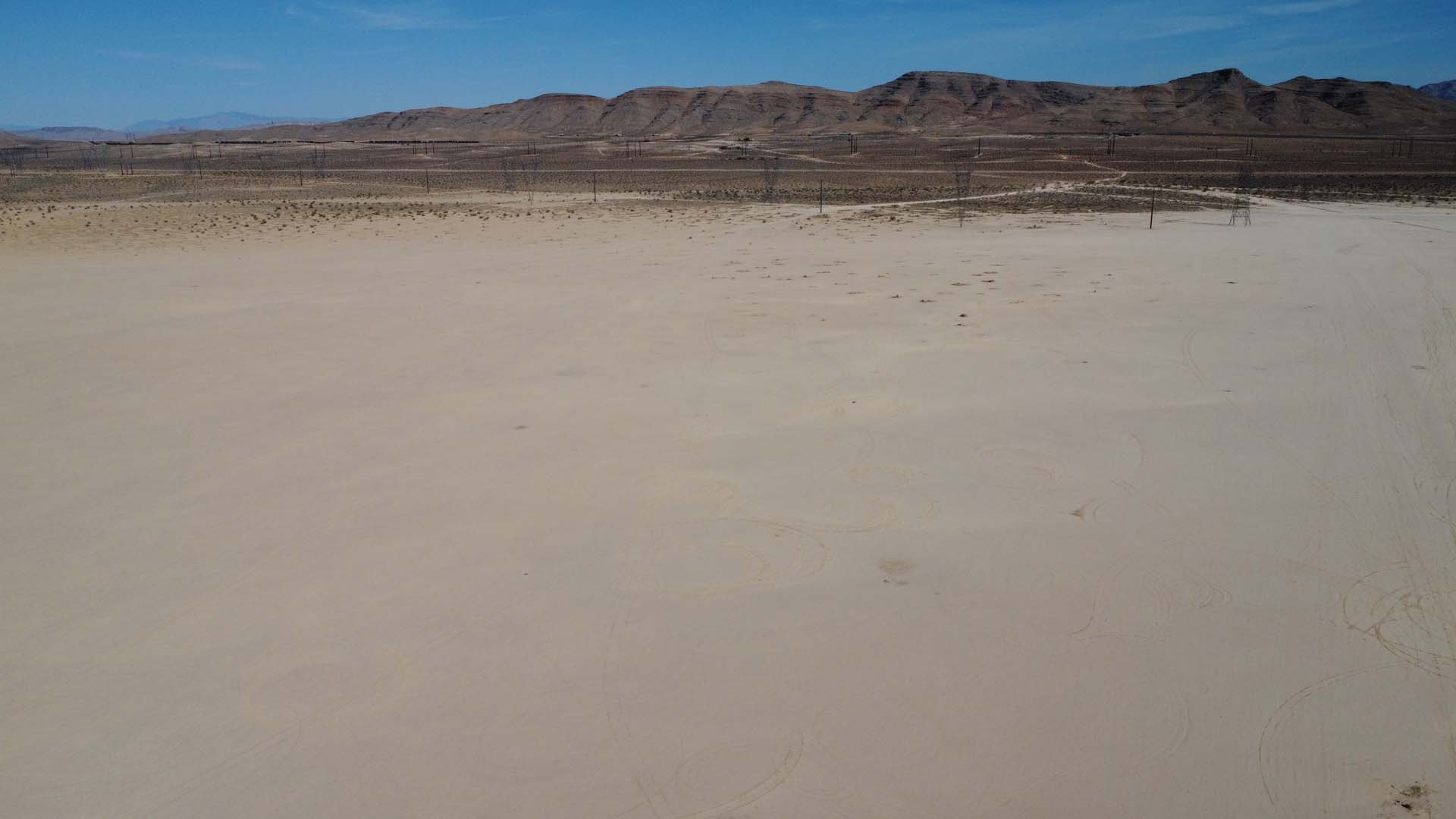
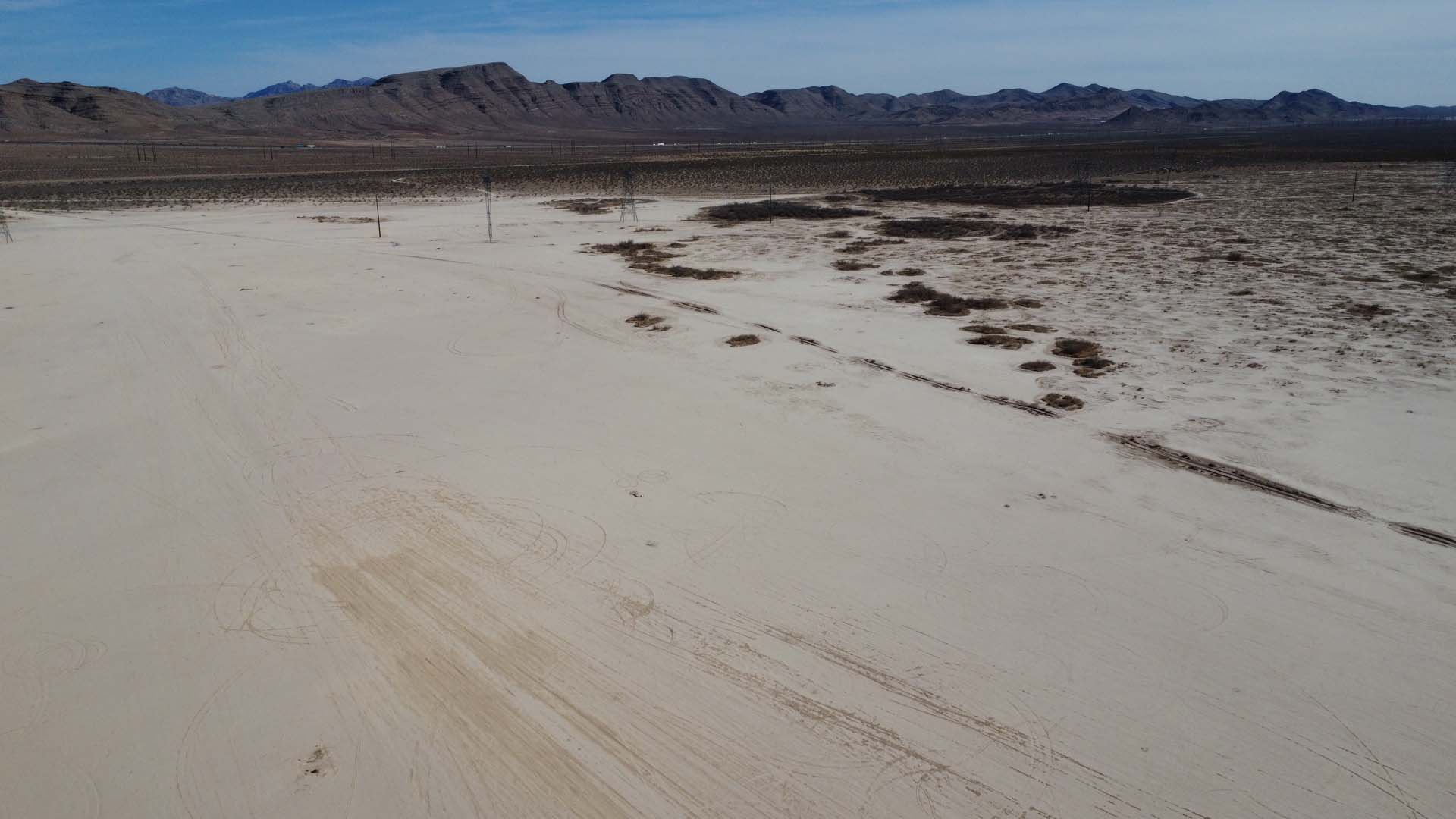
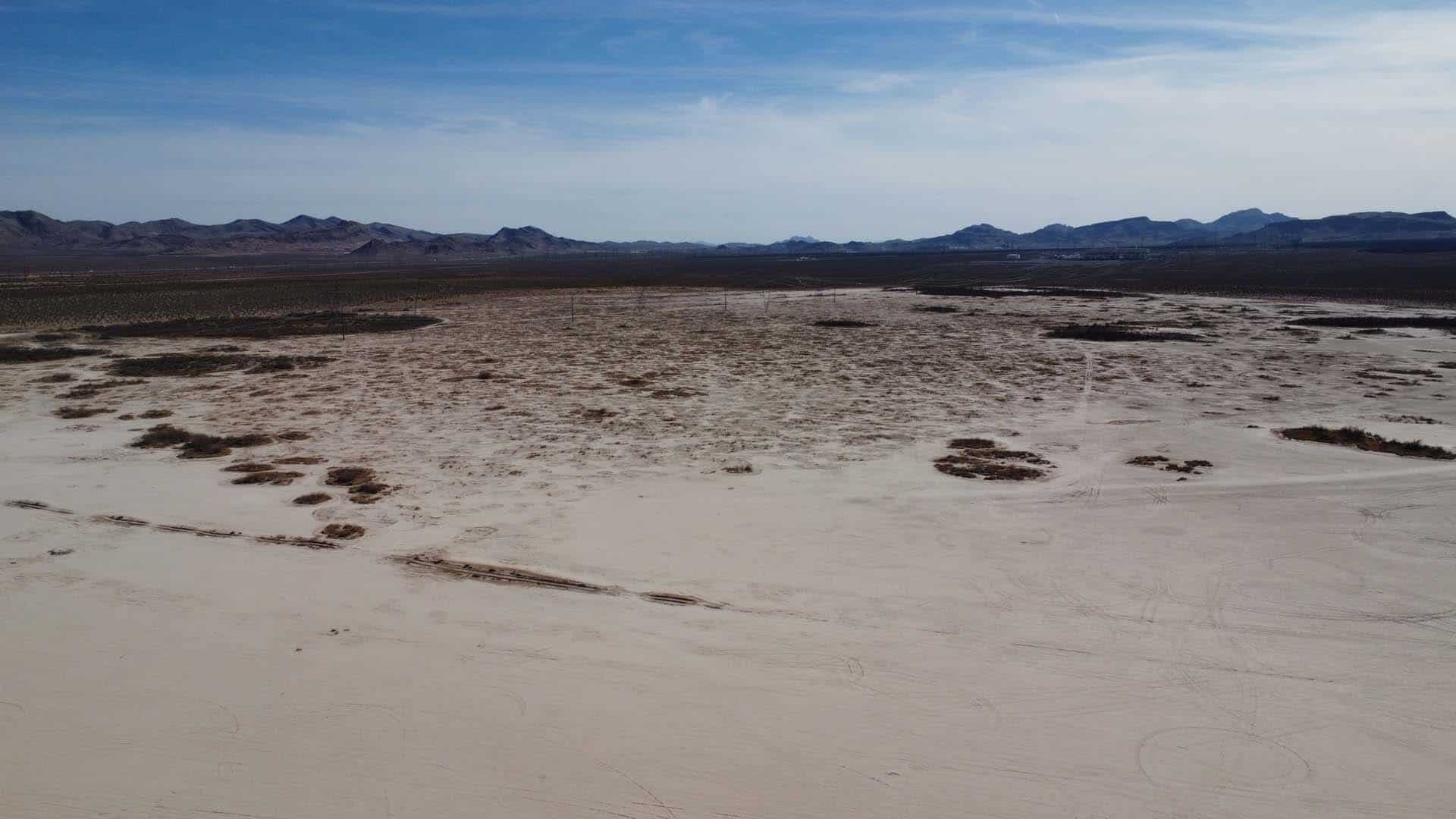
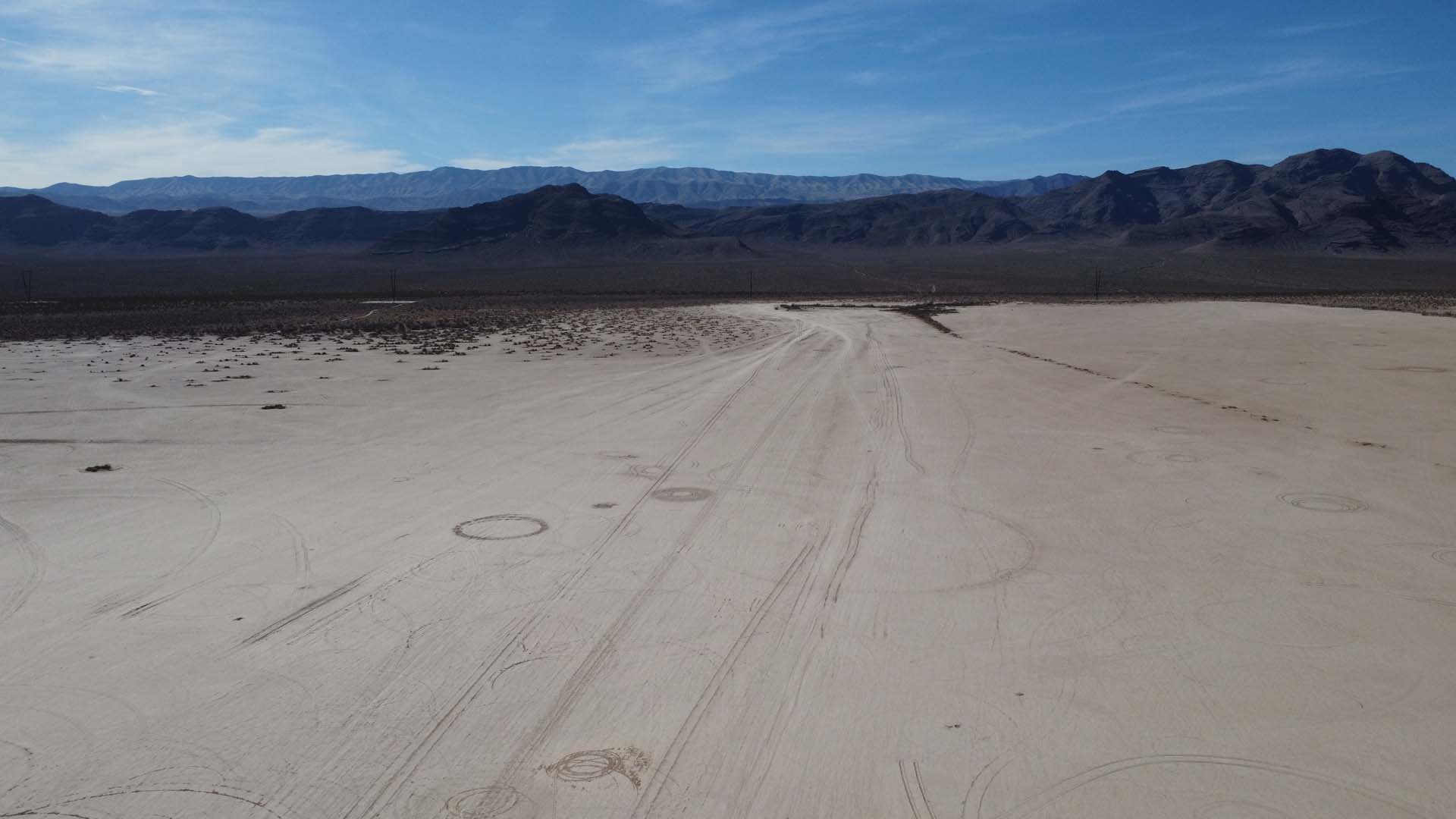
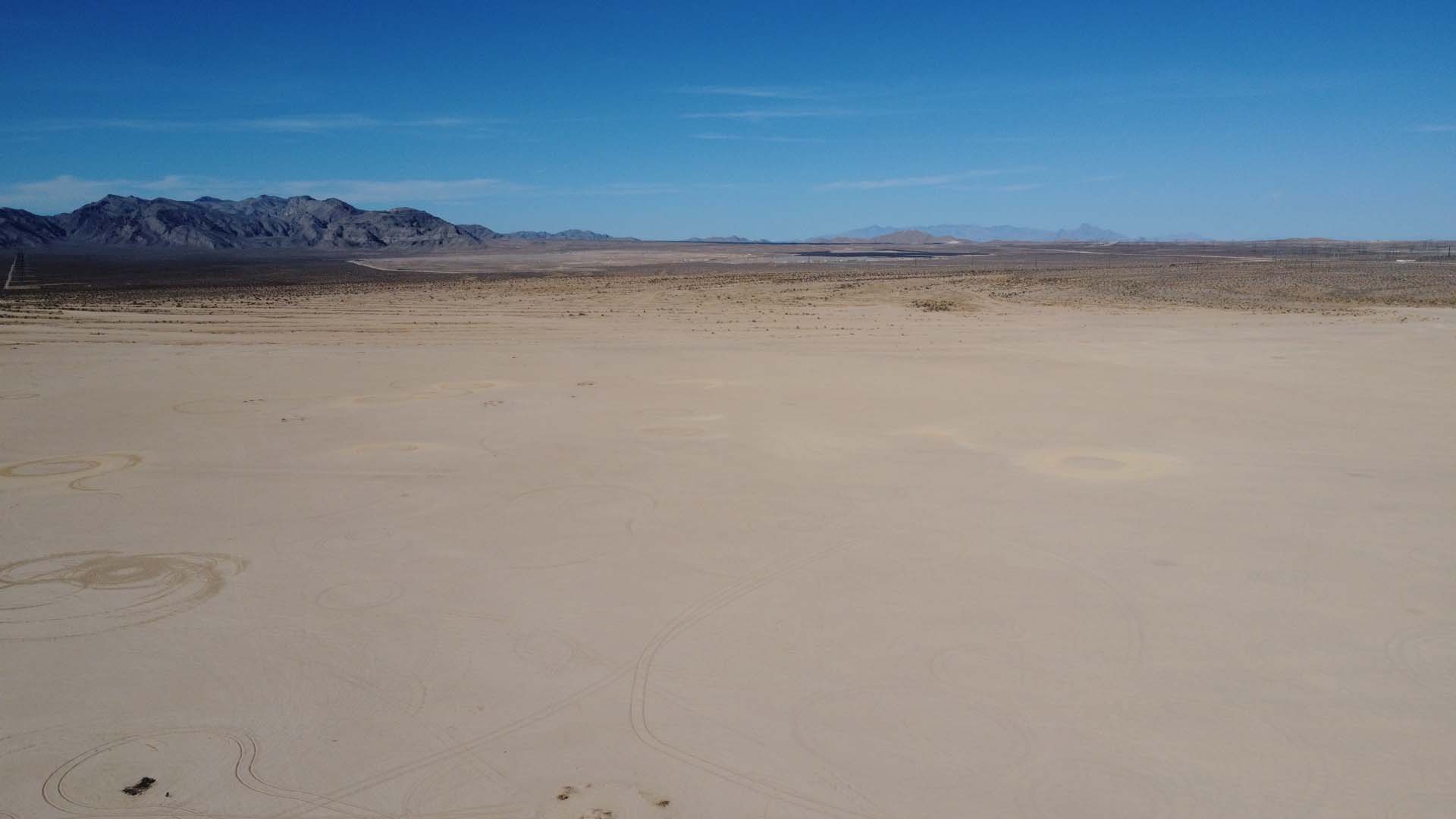
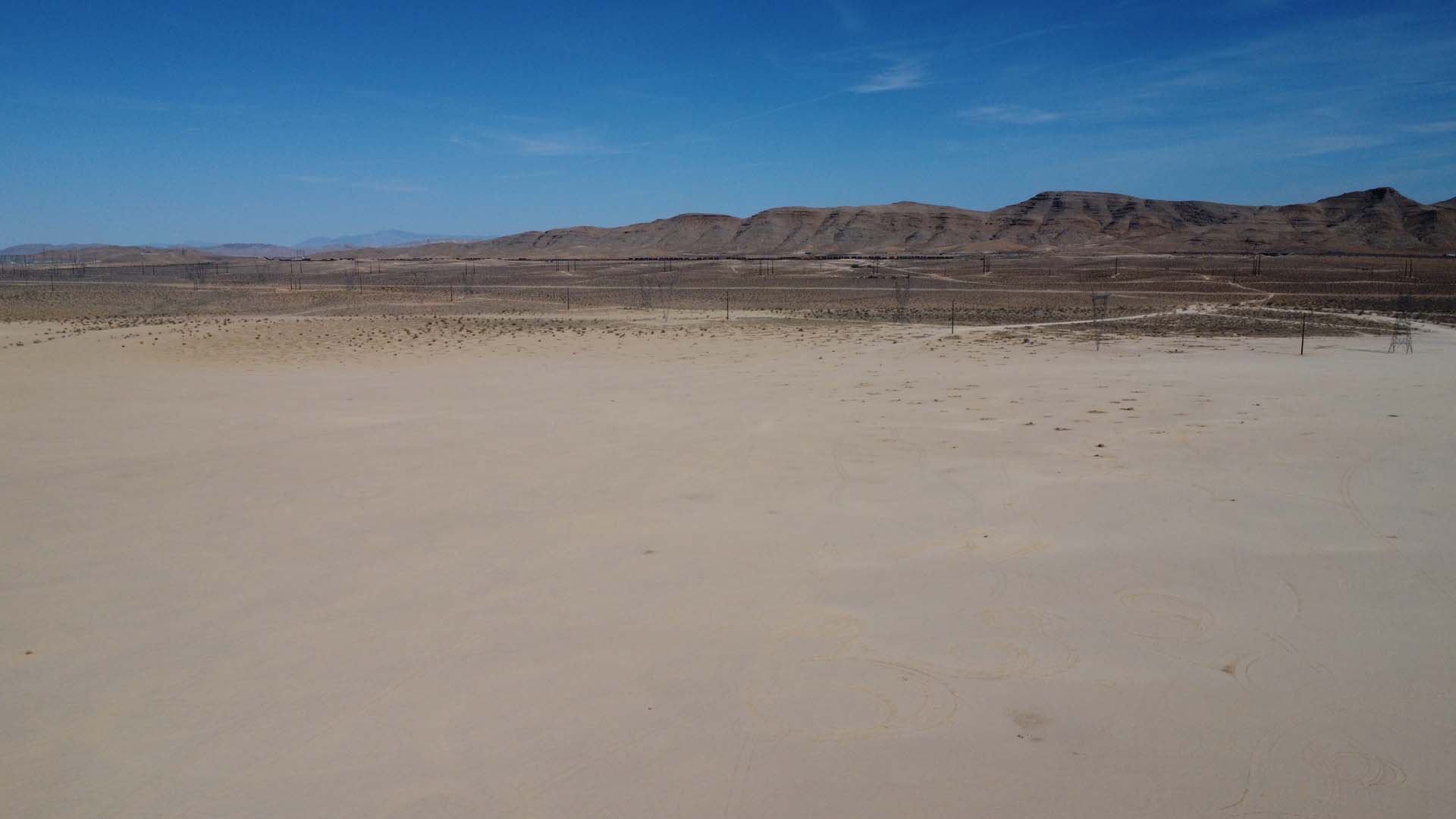
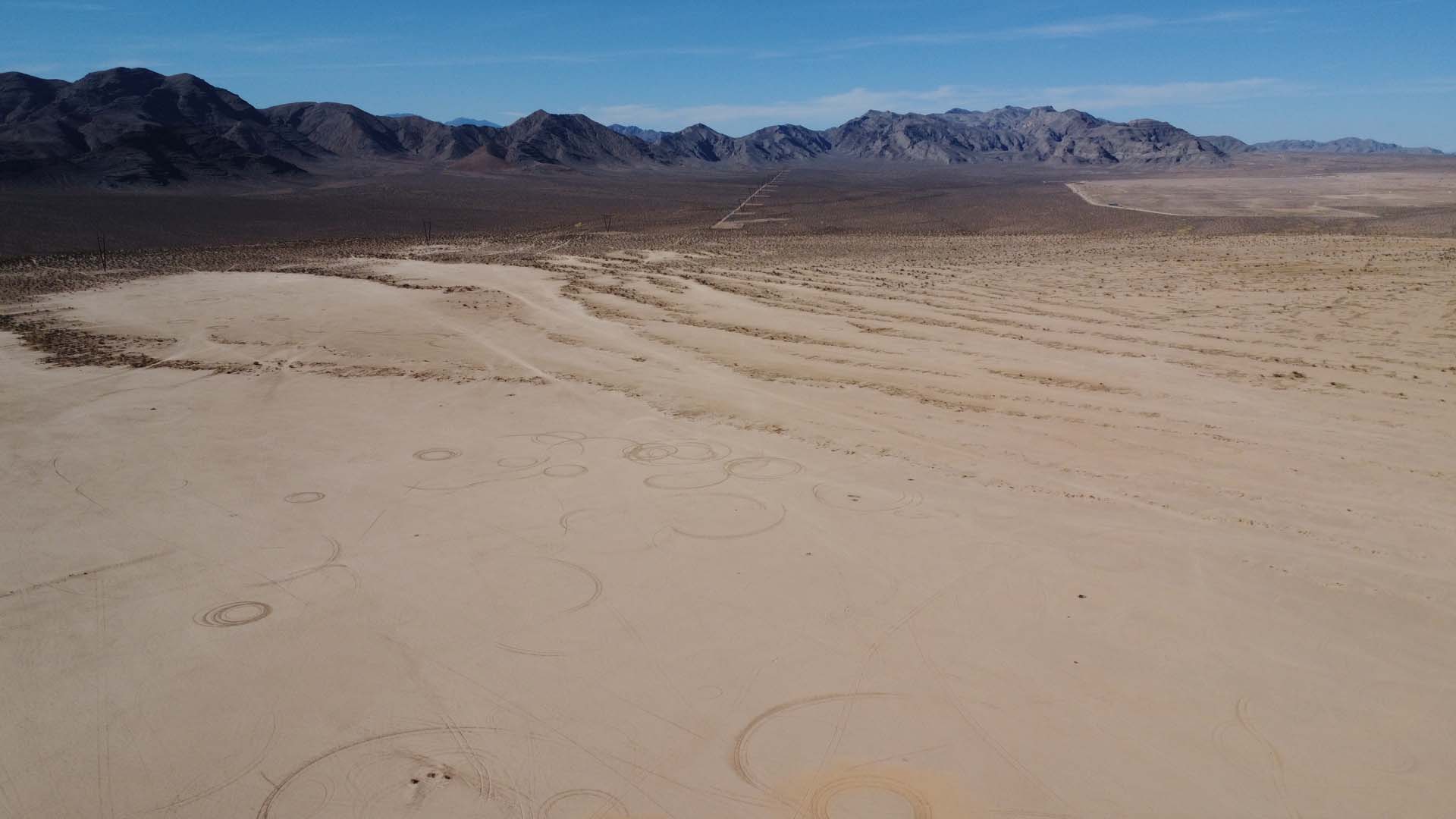
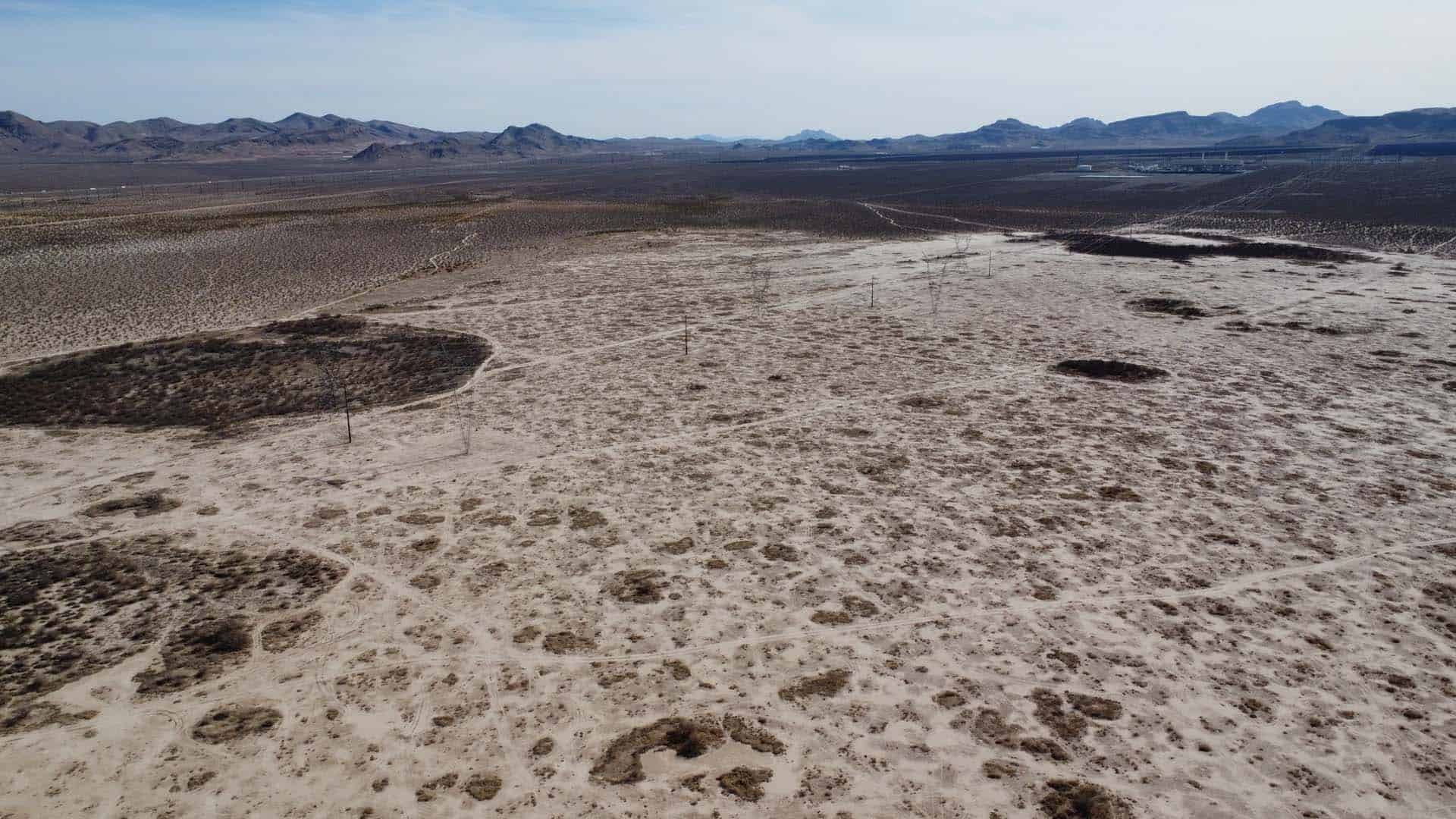
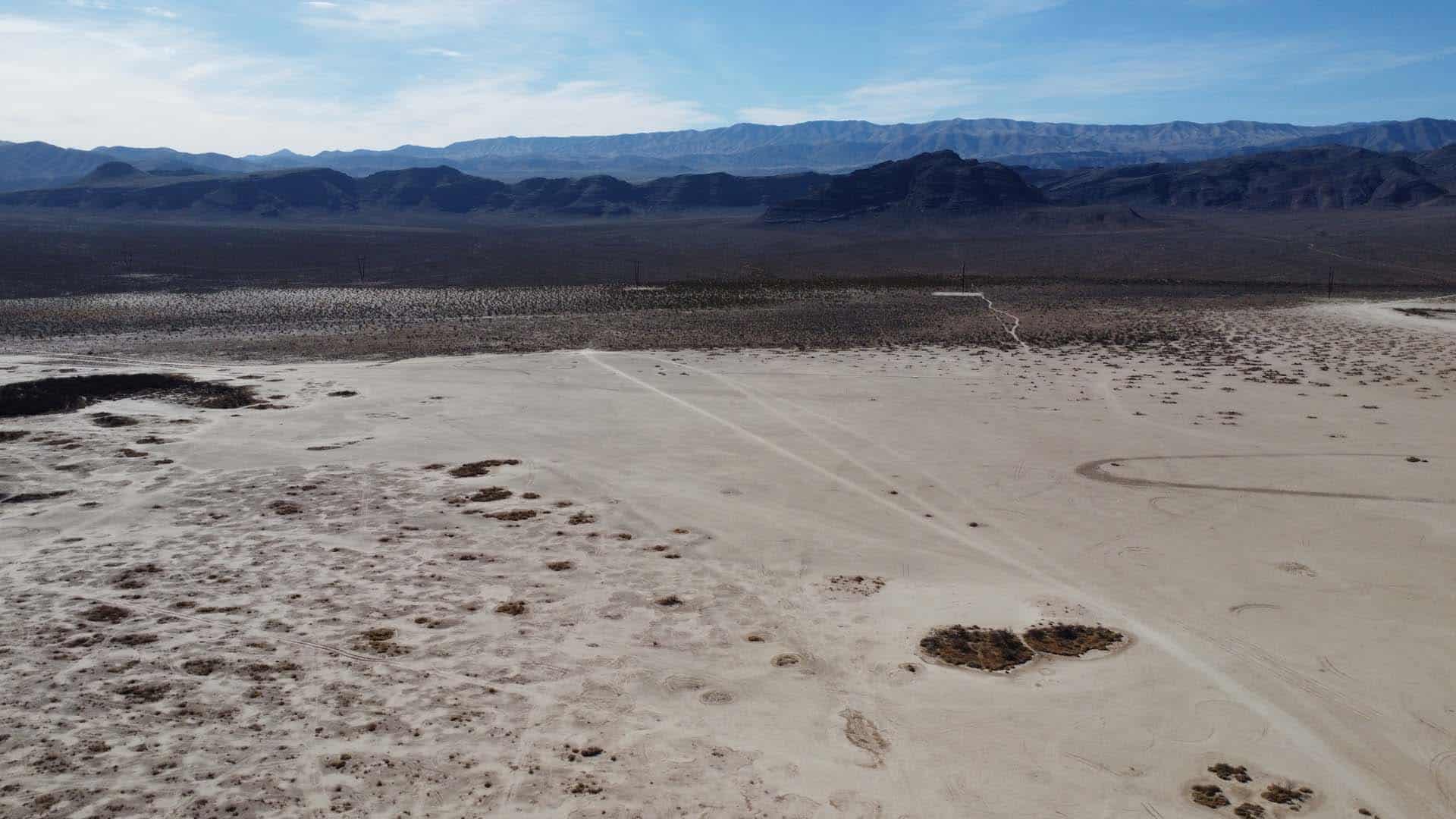
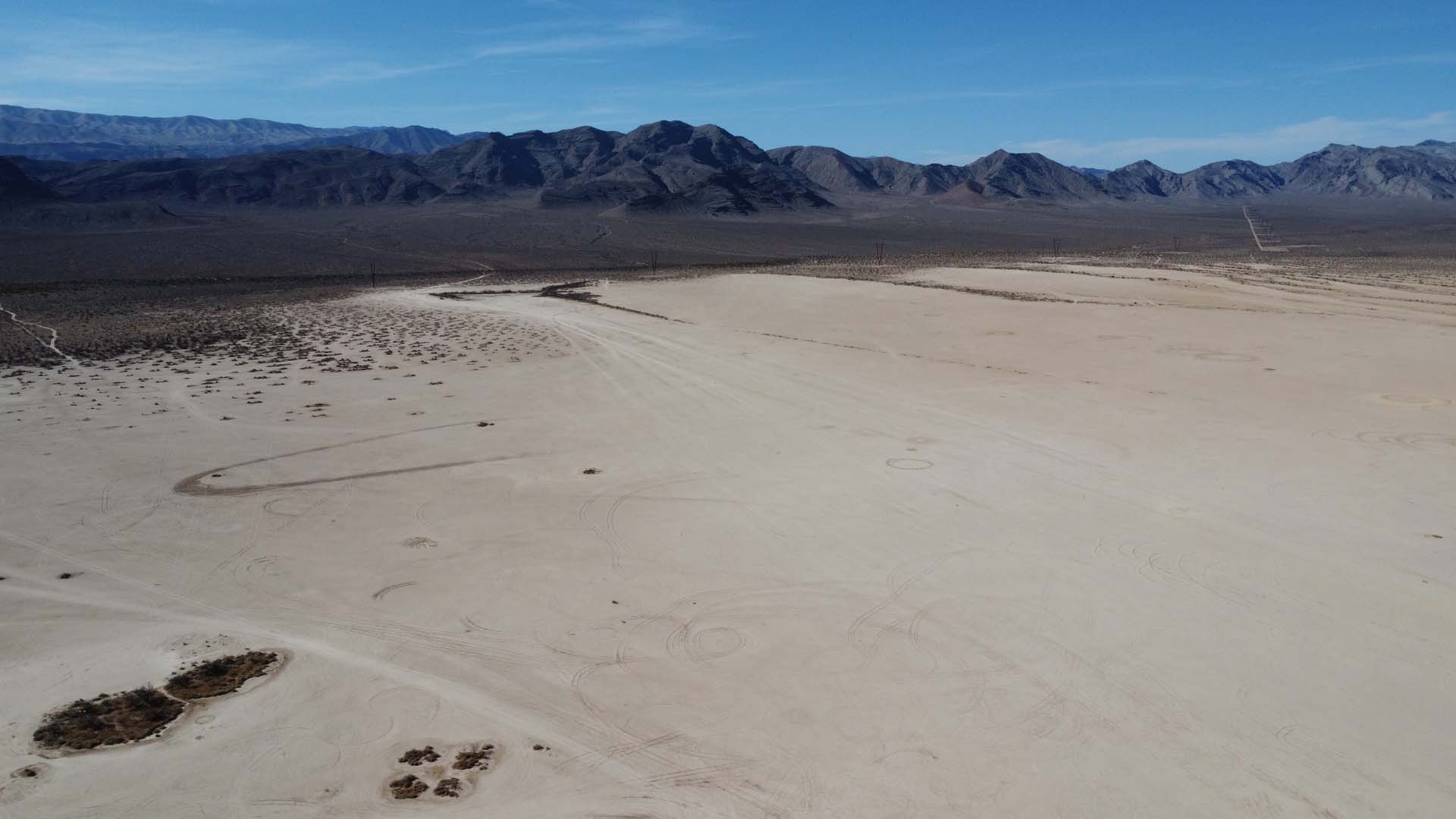
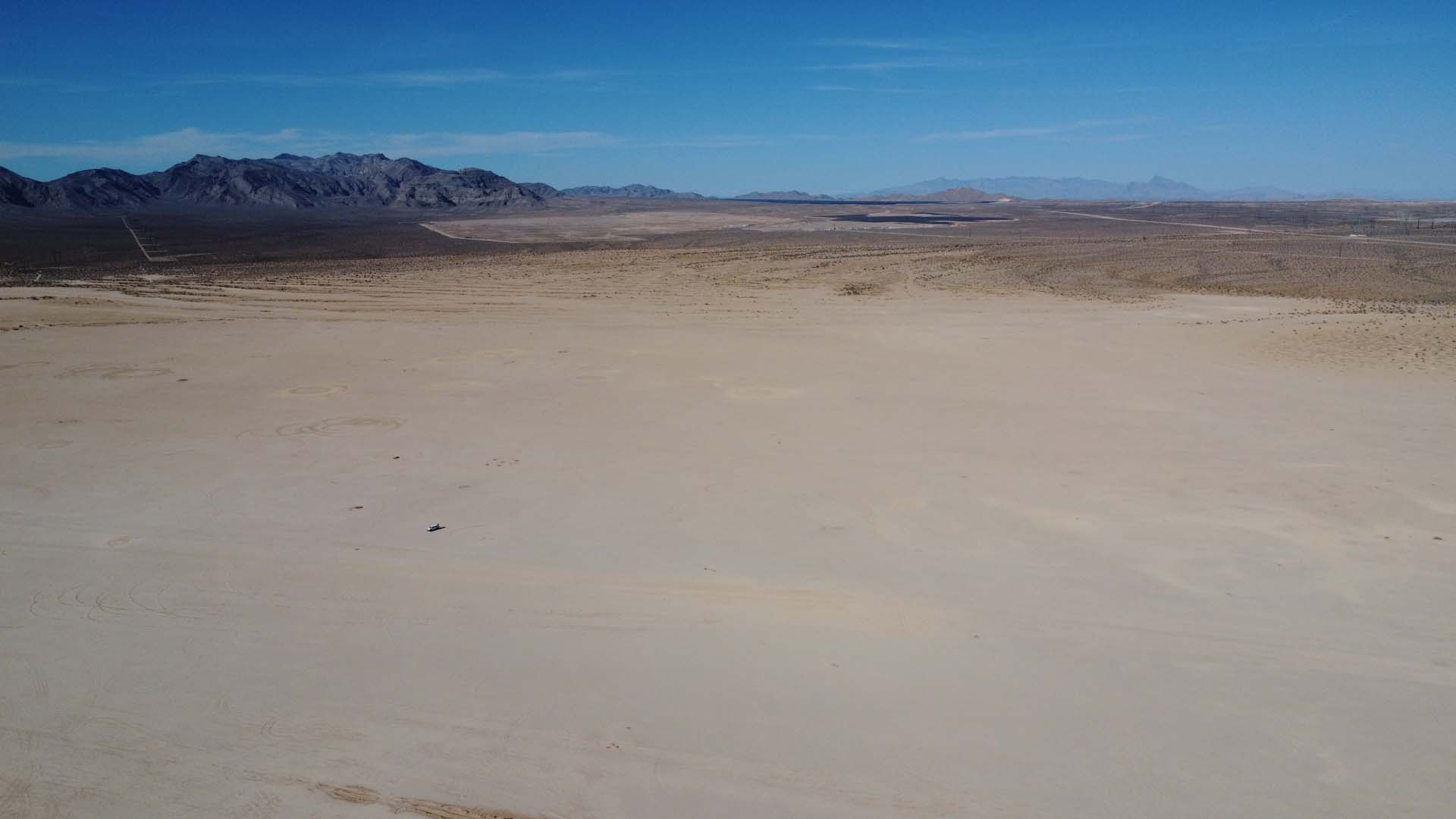
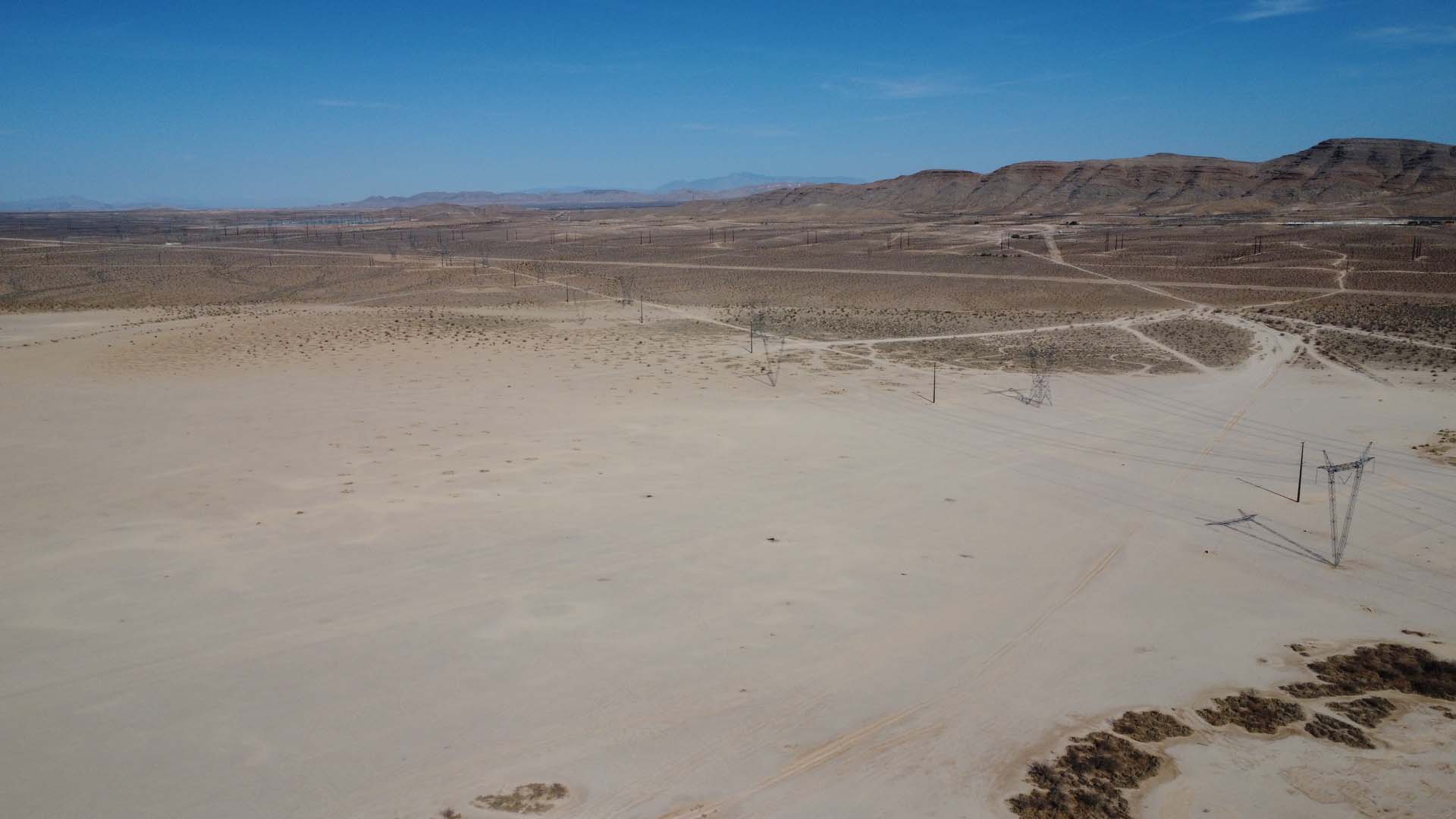
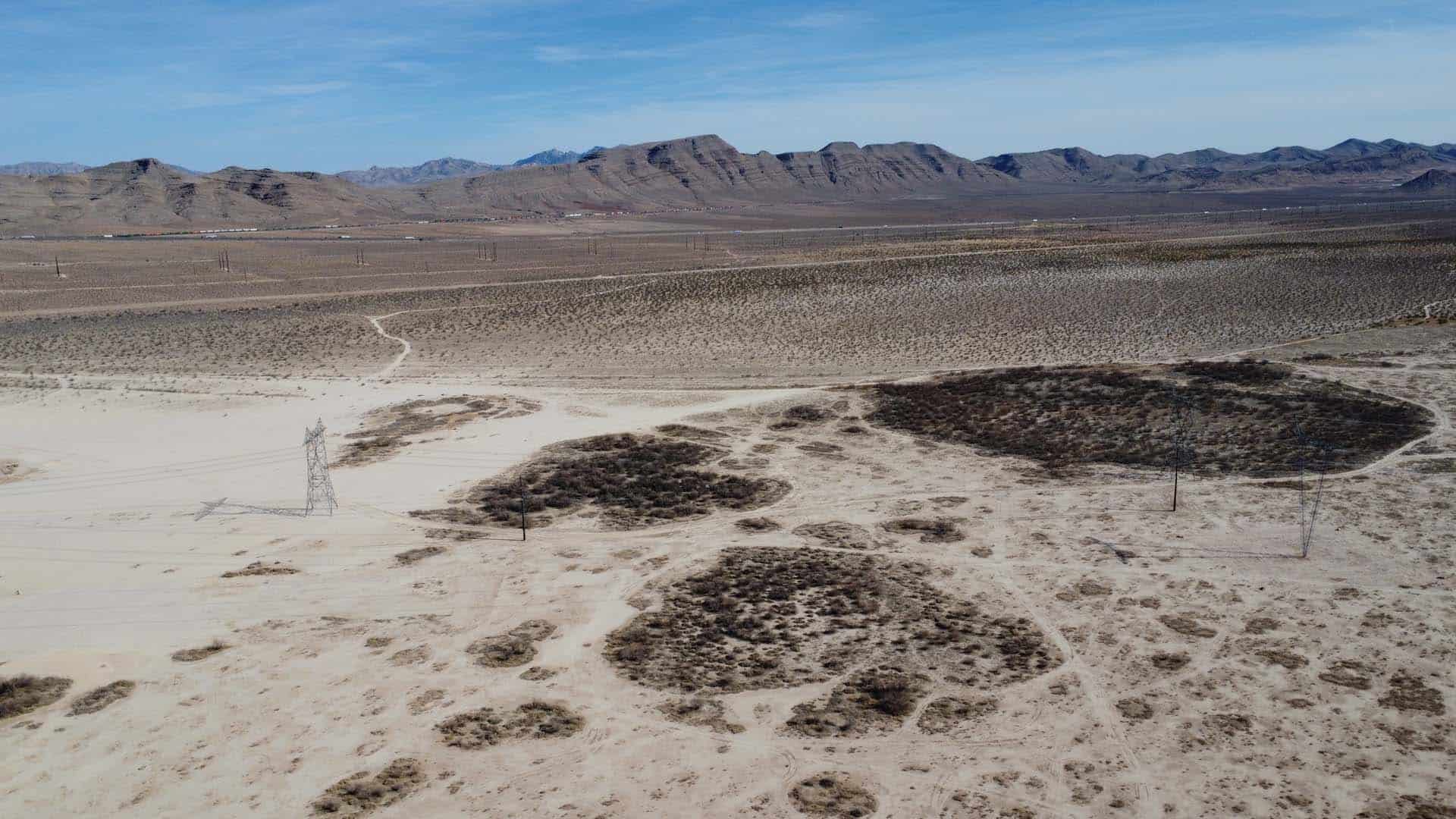
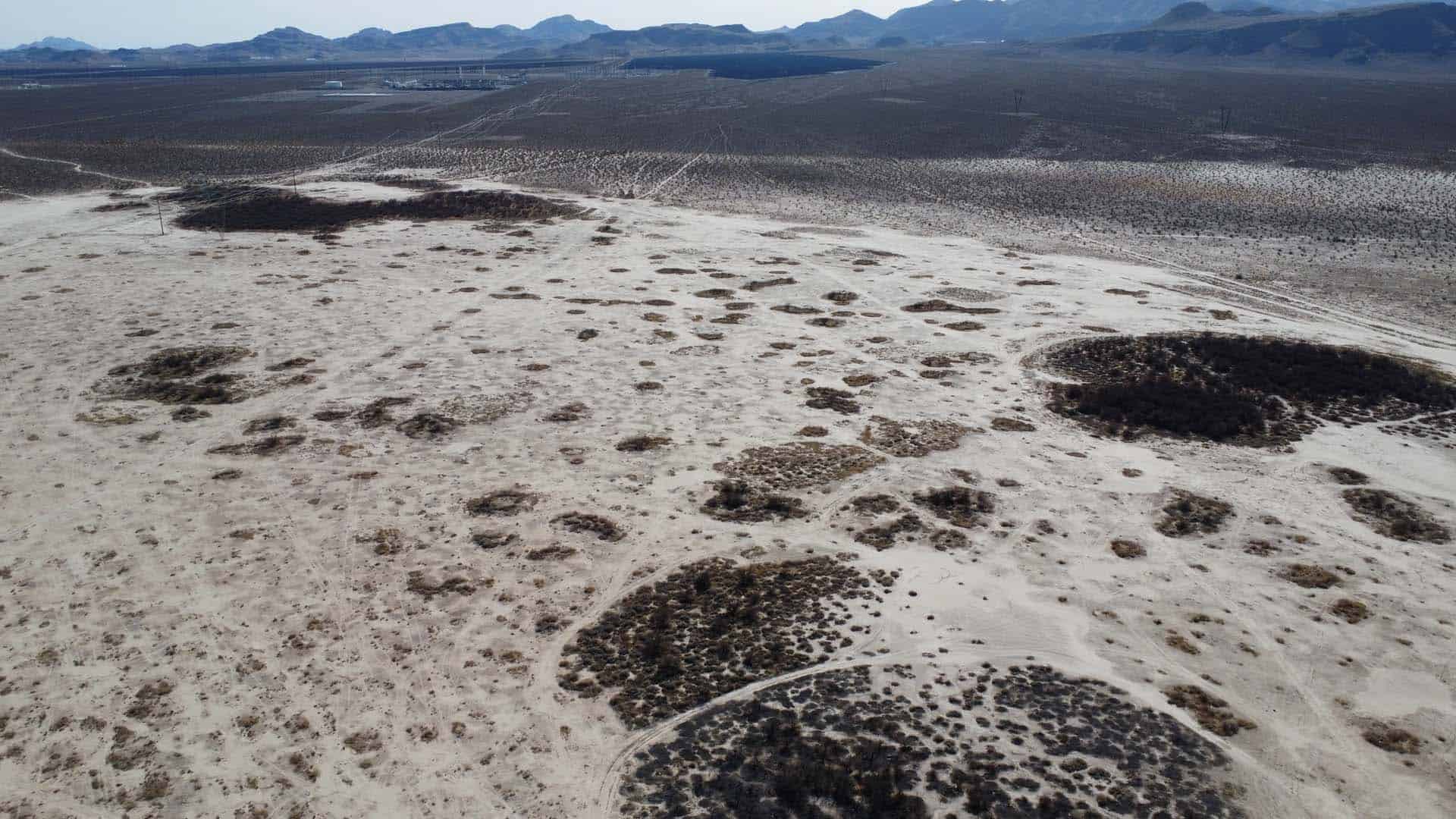
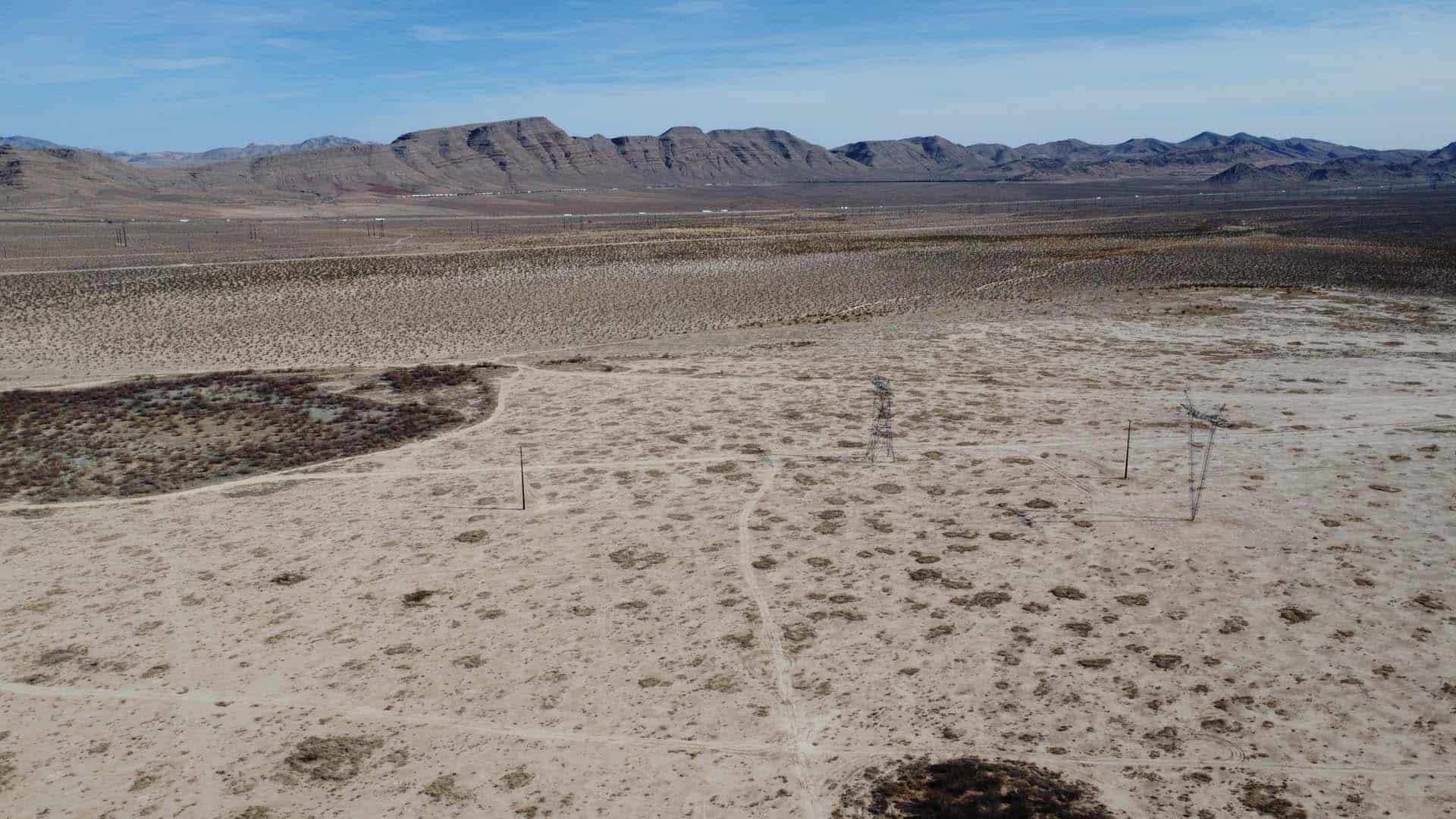
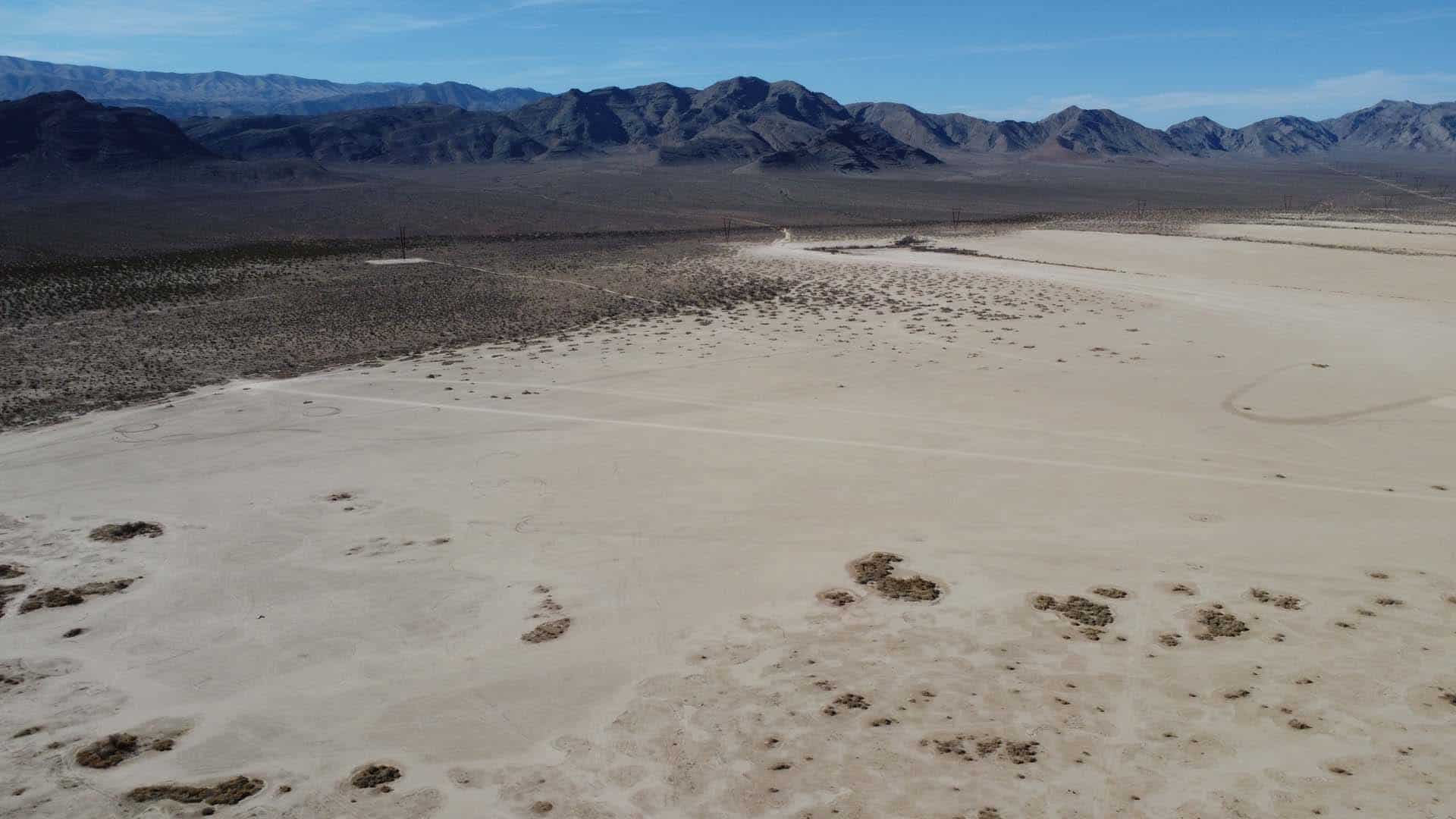
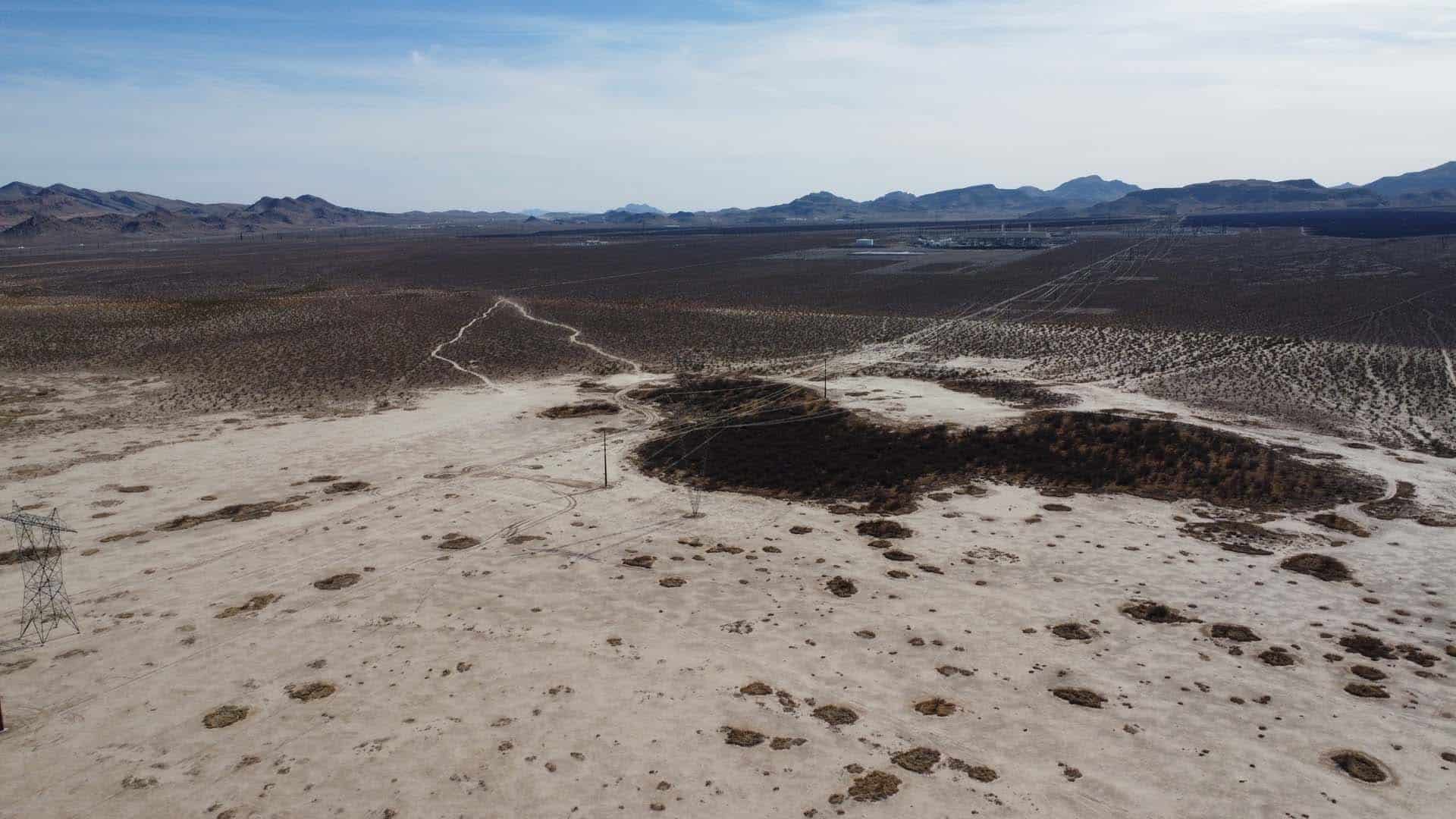
Vancouver, British Columbia / May 12,, 2025 – Usha Resources Ltd. (“Usha”, “USHA” or the “Company”) (TSXV: USHA) (OTCQB: USHAF) (FSE: JO0), a North American mineral acquisition and exploration company, is pleased to announce that,...
Read MoreUsha Resources Executes Letter of Intent To Sell Up to 90% of the Jackpot Lake Lithium Brine Project for Total Consideration of up to US$26,025,000 Vancouver, British Columbia / May 17, 2024 – Usha Resources...
Read MoreHighlights: Vancouver, British Columbia / September 6, 2023 – Usha Resources Ltd. (“USHA” or the “Company”) (TSXV: USHA) (OTCQB: USHAF) (FSE: JO0), a North American lithium exploration company, is pleased to announce that following a...
Read More